Celebrate Earth Month and all things reusable with Heal the Bay!
Join our “Reusable is Beautiful” Earth Month activities to help you ditch single-use plastic and keep our oceans healthy.
Every year, billions of pounds of single-use plastic flood our oceans, threatening the health of our planet. This month and every month, Heal the Bay is committed to raising awareness about choosing reusable options over single-use plastic and keeping our waterways clean, safe, and beautiful for everyone.
Fun, inspiring activations are happening all month for everyone – individuals, families, schools, and more! Grab your reusable water bottle, sunscreen, and friends for climate action fun near you!
Heal the Bay Earth Month 2024 Calendar of Special Events
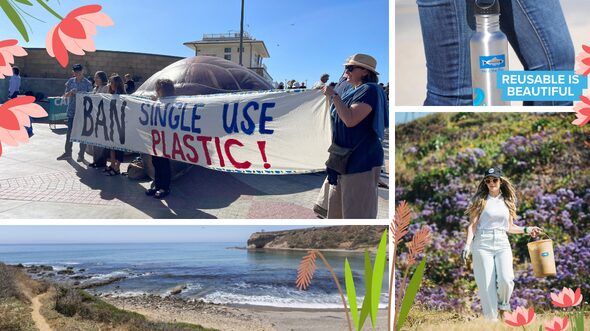
👇👇👇SCROLL DOWN TO SEE THE FULL LIST OF EVENTS and get involved this Earth Month with #ReusableIsBeautiful events and activities from Heal the Bay and our partners! 👇👇👇
Get Safety Talk Certified for Earth Month -FREE
Monday, March 25, 2024: VIRTUAL or IN PERSON
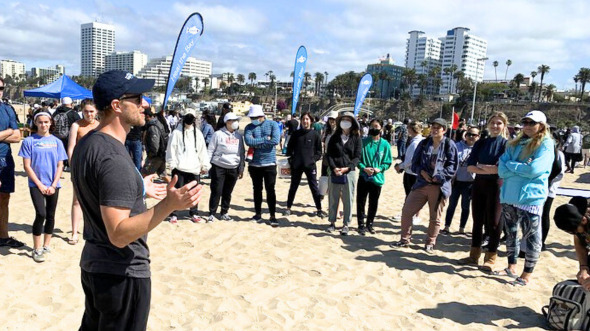
Become a Heal the Bay Safety Talk Speaker!
Our fun, impactful Nothin’ But Sand cleanups rely on fantastic volunteers like you! As a Safety Talk Speaker, you’ll educate beachgoers about Heal the Bay’s mission, impact, and safety practices. This is your chance to:
- Educate thousands of volunteers about Heal the Bay’s work. (e.g., 20,000+ lbs of trash removed in 2023!)
- Lead confidently by learning best practices for beach cleanups and authentic land acknowledgments.
- Make a real difference for our coastlines and wildlife.
- Gain public speaking skills to connect everyone from elementary school kids to the CEO’s of some of the region’s most prominent local brands and the science and policy that fuels Heal the Bay’s impact.
Two-Step Training:
- Virtual Safety Talk Certification: March 25, 6:00 PM
- In-Person Beach Captain Training: April 20, 10:00 AM – 12:00 PM (Santa Monica Beach, Tower 1550)
Ready to dive in? Sign up today!
Touch Tanks on Top of The Pier – FREE
Friday, April 5 12 PM -2 PM
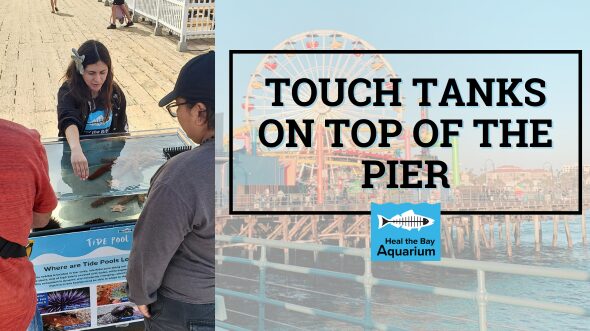
Join our Aquarium experts and LACC for an extra special touch tank on the Santa Monica Pier next to the Heal the Bay Welcome Center! Get close to some incredible aquarium animals and learn all about the fascinating creatures that call our oceans home.
FREE EVENT
Plan Your Visit to the Santa Monica Pier
Plastic Pollution Advocacy Training (VIRTUAL) -FREE
Tuesday, April 16, 2024, 6 PM – 7 PM
Calling All Environmental Warriors!
Join Heal the Bay and 5 Gyres for a FREE virtual advocacy training to combat plastic pollution in California. Learn the power of grassroots activism and how to lead impactful campaigns targeting local and state plastic reduction efforts at our VIRTUAL training.
Master the tools to make a difference:
- Understand key plastic pollution policies.
- Craft persuasive messages for decision-makers.
- Make impactful calls to representatives.
- Submit compelling written comments on legislation.
Become a voice for change:
Gain essential advocacy skills and join the movement for a plastic-free future. Let’s make our voices heard and pave the way for a healthier planet!
Help Heal the Bay 5 Gyres depose the disposables!
Join our plastic policy workshop with Heal the Bay’s Coastal and Marine Scientist, Emily Parker and 5 Gyres’ Policy & Programs Director, Alison Waliszewski. Gain insights on the plastic bag ban, LA’s 2023 plastic laws, Heal Bay’s anti-plastic bills, and why 2024 might be a game-changer for plastic reduction in LA!
April Nothin’ But Sand Beach Cleanup -FREE
Saturday, April 20, 10 AM – 12 PM @ Santa Monica Pier
Earth Month Beach Cleanup Leveled Up!
Join Heal the Bay’s Nothin’ But Sand at Santa Monica Beach on April 20, 2024 (10 am-12 pm). Fun awaits! Enjoy spin-the-wheel games, trash relay races, and a marine science exploration station, and win #ResusableisBeautiful raffle prizes! All attendees gain FREE ACCESS TO HEAL THE BAY AQUARIUM for the day! Help clean & celebrate a healthier planet with 1000+ other volunteers at LA’s biggest Earth Month cleanup of 2024!
Celebrate Earth Day at Heal the Bay Aquarium
Saturday, April 20, 11 AM – 4 PM
Dive into Earth Month at Heal the Bay Aquarium! Fun, educational exhibits & live demonstrations await ocean enthusiasts of all ages. Explore the wonders of Santa Monica Bay & meet the fantastic local animals that call it home.
Saturday, April 20, 11 AM – 4 PM
Come to Heal the Bay Aquarium under the Santa Monica Pier for a non-stop day of Earth Month fun!
- Take an Earth Month pledge
- Enjoy crafts, chalk art, and face painting
- Learn about our state flower with California Poppy Kits
- Participate in an Earth Month Scavenger Hunt
- Collect limited Edition Earth Month Pins
- Take 20% off reusable items in the gift shop
Join the Earth Month Beach Cleanup to get free entry to the Heal the Bay Aquarium Earth Month Celebration!
2024 LA City Nature Challenge BioBlitz -FREE
Saturday, April 27, 2024
Heal the Bay’s Safe Clean Water Program returns with an Earth Month BioBlitz! Heal the Bay staff will host two events with the 2024 LA City Nature Challenge, sponsored by the Natural History Museum of Los Angeles County and the California Academy of Sciences. Join us on Saturday, April 27th, at Bixby Marshland or Fern Dell in Griffith Park for an afternoon of ecological exploration!
Wake & Dance with DAYBREAKER @ Santa Monica Pier
Saturday, April 28, 2024, 6 AM to 9 AM
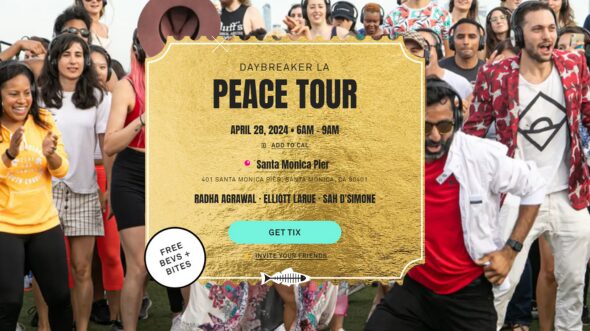
Join the DAYBREAKER Peace Tour to the Santa Monica Pier! Rise and shine to help protect what you love. Some proceeds will support Heal the Bay programs that keep our coastal waters and watershed clean and healthy for all.
Rising Tides Discussion Panel @ Hermosa Beach Community Center -FREE
Sunday, April 28, 2024, 3 PM
Our coastline is shrinking. But what can Los Angeles do about it?
Attend the discussion panel of the year at Hermosa Beach Community Center, “Rising Tides: Exploring LA’s Readiness for Sea Level Rise,” to find out.
Join three leading experts on climate change, environmental policy, and community resilience as they sit down to unpack the challenges facing LA’s coast and explore solutions for a more sustainable future:
- Rosanna Xia – Environmental Reporter, Pulitzer Prize finalist, Author of “California Against the Sea: Visions for Our Vanishing Coastline”
- Tracy Quinn, CEO & President, Heal the Bay
- Warren Ontiveros, Chief, Planning Division, County of Los Angeles Department of Beaches and Harbors
Discover how fossil fuels impact the Pacific shore and delve into equitable approaches to protecting our communities. RSVP now to reserve your FREE seat!
Stussy x Heal the Bay Collaboration Launch
Friday, May 3, 2024, 9 AM
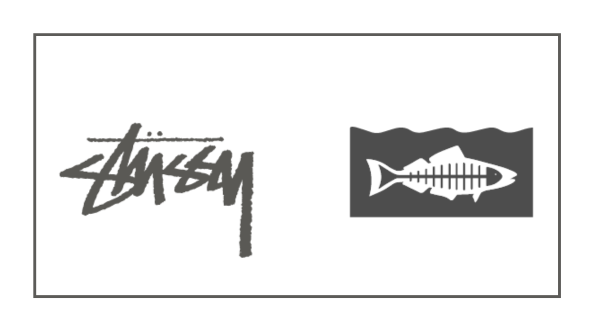
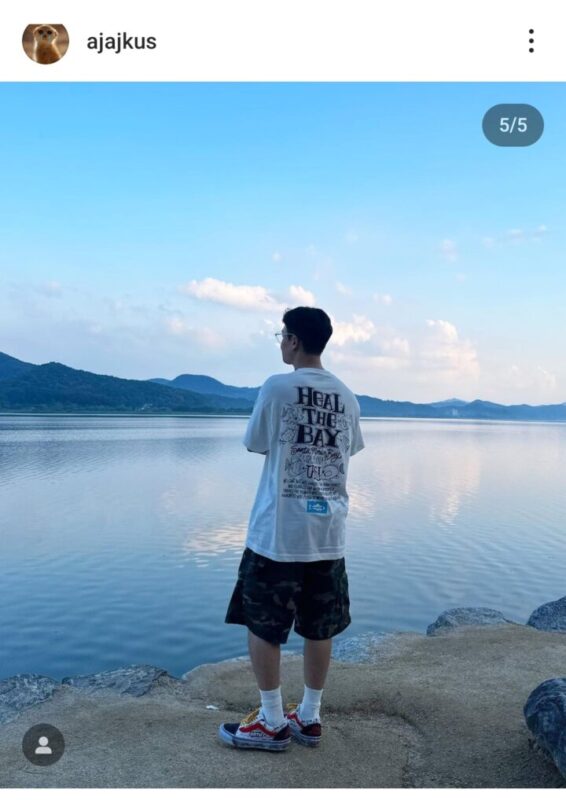 Stüssy x Heal the Bay returns with a limited-edition capsule collection launch! 100% of the proceeds from this collaboration will be donated to Heal the Bay to support our marine and coastal watershed protection work!
Stüssy x Heal the Bay returns with a limited-edition capsule collection launch! 100% of the proceeds from this collaboration will be donated to Heal the Bay to support our marine and coastal watershed protection work!
This exclusive collection of Stüssy x Heal the Bay retail will be available at Stussy.com.
Get your shopping cart ready and mark your calendar for the 2024 collection drop on May 3, 2024. Last year’s collection sold out in 15 minutes, raising over $75,000 to protect our coastal waters and watershed.
All Earth-Month-Long at Heal the Bay
Did you miss out on Earth Day fun? Enjoy these Heal the Bay activations all month long!
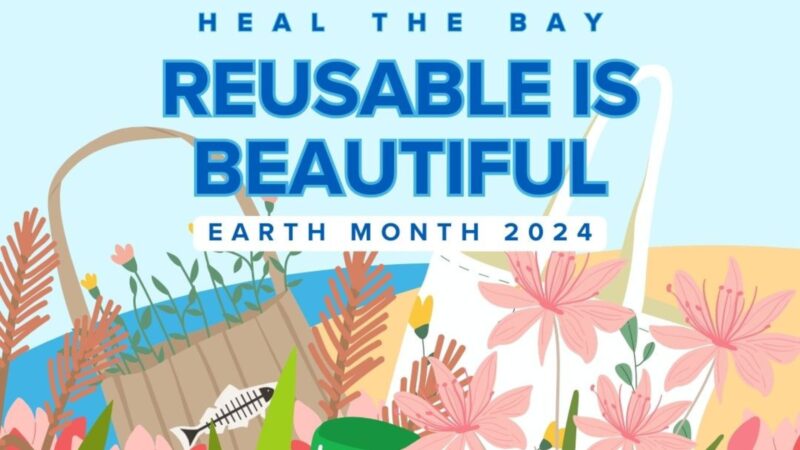
FREE Beach Wheelchair Rentals @ Heal the Bay Aquarium
April 2024, 9:30 AM – 11 AM
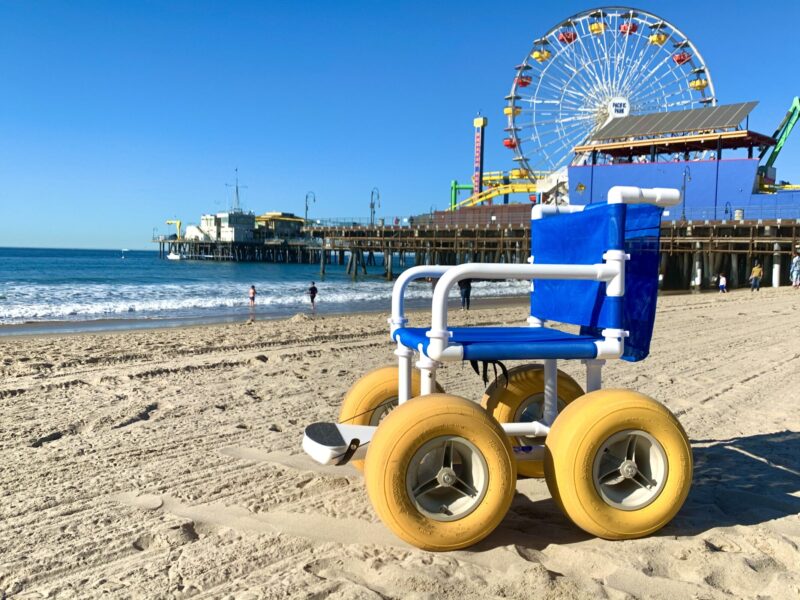 Need a beach wheelchair to enjoy some fun in the sun? Everyone should be able to enjoy a day at the beach, so come to Heal the Bay Aquarium to access our manual beach wheelchairs, which are available for FREE public rentals.
Need a beach wheelchair to enjoy some fun in the sun? Everyone should be able to enjoy a day at the beach, so come to Heal the Bay Aquarium to access our manual beach wheelchairs, which are available for FREE public rentals.
Heal the Bay’s Beach Wheelchair rental program helps provide accessibility to one of nature’s most inspiring and critically essential resources and was made possible thanks to funding from The Coastal Conservancy. Learn more about our Beach Wheelchair Rental Program: https://healthebay.org/beach-wheelchairs-santa-monica-pier.
Earth Month: Battle of the Babies @ Heal the Bay Aquarium
Join Our Self-guided Beach Cleanup Competition – All Month Long
Are you feeling competitive this Earth Month? Are you ready to defeat the trash on Santa Monica Beach? Then join the Battle of the Babies all month long at Heal the Bay Aquarium!
Lead your team in a self-guided cleanup of Santa Monica Beach, choose which animal you would like to support, and at the end of the month, we’ll tally the total pounds collected by each fandom to see which baby will emerge triumphant!
Stop by Heal the Bay Aquarium to grab a FREE bucket and support your favorite fishy friend: the adorable swell shark pup or the darling California skate baby. This Earth Month, let’s see who emerges victorious in the battle against beach pollution!
Questions? Contact Heal the Bay Aquarium
“Hold the plastic, please!” #Selfie Challenge
Enter for a chance to win Heal the Bay Swag in this social media challenge
 Calling all eco-warriors and selfie champions! Help your favorite restaurant ditch plastic for a chance to win awesome Heal the Bay gear .
Calling all eco-warriors and selfie champions! Help your favorite restaurant ditch plastic for a chance to win awesome Heal the Bay gear .
Here’s the deal:
1) Ask your fave restaurant to “Hold the plastic, please!”
2)Snap a selfie with your HTPP card♻️
3)Post it to social media using #ReuableisBeautiful and tag @healthebay
Win epic Heal the Bay swag for showing your support!
Need a reminder card? Grab one at our #ResuableisBeautiful station, Heal the Bay Aquarium on the Santa Monica Pier, or download a digital one to flash at your next meal.
PSA to Restaurants! LA’s new plastic laws mean less waste and more savings for you! Confused about utensils, takeout containers, or the bag ban? We’ve got all the info on our website.
Let’s make #EarthMonth plastic-free and selfie-worthy!
Download a Hold the plastic, please! Card
Protect What You Love with a Heal the Bay Member”Ship”
Join our crew! Climb aboard the SS Heal the Bay Membership!
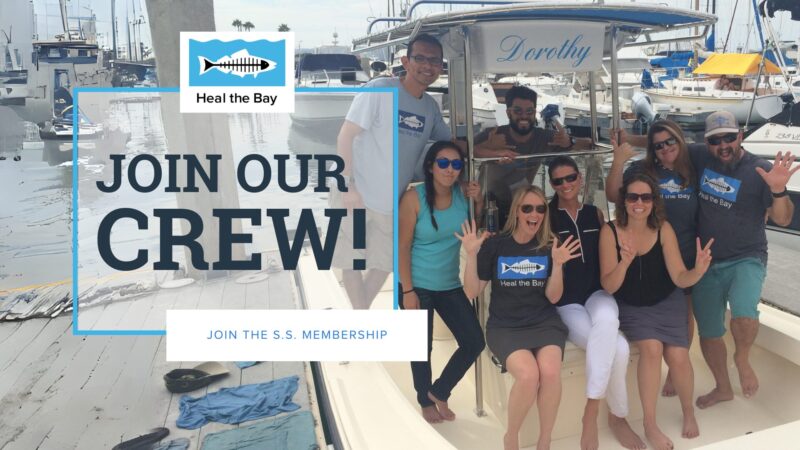
Our Member“Ship” is full of passionate and dedicated Heal the Bay supporters working to ensure that coastal waters and watersheds in Southern California are safe, healthy, and clean for generations to come. Thanks to the generous annual support of our Member“Ship” Crew, we can further our efforts through science, education, community action, and advocacy. Become a member and join our Crew!
Member“Ship” OPTIONS & BENEFITS
$55: Membership for one adult*
$95: Membership for two adults*
$95: Family Membership for two adults + up to 2 children*
Member” Ship” Includes:
- Free admission to Heal the Bay Aquarium for one year
- 25% discount on guest admission tickets
- 10% discount on retail purchases at the Heal the Bay Aquarium Gift Shop
- 5% discount on Aquarium Science Camp
- Heal the Bay’s digital Blue Newsletter
- AQ Movie Night
- Special Member-Only Tide Pool Excursions
Gear Up for Earth Day with Heal the Bay
Level up your drip while leveling up the ocean!
Nothing says #ReuseableIsBeautiful this Earth Day like swag from Heal the Bay! Shop comfy appeal, unique gifts, and reusable goods, all for a great cause!
Heal the Bay Earth Month 2024 Tabling Calendar
Check out our list of Earth Month events hosted by some of our favorite social, environmental, and partner organizations across Los Angeles. Stop by Heal the Bay’s Outreach table while you’re enjoying Earth Month fun around Los Angeles County this April.
Gardena Spring Equinox Earth Day Event, Johnson Park, 1200 W 170th St. Gardena, CA, March 17, 9 AM – 12 PM
Pepperdine Earth Day Celebration, Pepperdine University, 24255 Pacific Coast Hwy, Malibu, April 9, CA, 11 AM – 2 PM
Generation Earth/Tree People 2nd Annual Environmental Youth Summit, 900 Exposition Blvd., Los Angeles, CA, April 11, 9 AM – 10:15 AM and 12:30 PM – 1:30 PM
LA County Sanitation Districts, Earth Day Celebration, 1955 Workman Mill Rd, Whittier, CA, April 13, 1o AM – 2 PM
City of Azusa Outdoor Recreation and Eco Fair, Memorial Park, North Recreation Center Parking Lot, 340 N Orange Ave, Azusa, CA, April 13 10 AM – 1 PM
Tarzana Neighborhood Council 11th Annual Earth Day Festival, Tarzana Park, 5655 Vanalden Ave, Tarzana, CA 91356, April 13, 10 Am – 2 PM
STEAM Expo, 2368 Pearl St, Santa Monica, CA, April 13
Resilient Palisades Earth Day 2024, Palisades Village Green, 15280 Sunset Blvd, Pacific Palisades, CA, April 14, 9 AM – 1 PM
SONY Pictures Entertainment Earth Month, April 18
Wild for the Planet, LA Zoo, 5333 Zoo Drive, Los Angeles, CA, April 20 – April 21, 10 AM – 4 PM
South Bay Parkland Conservancy Earth Day Event, Wilderness Park, Redondo Beach, April 21, 10 AM – 1 PM
CSUDH 2024 Earth Day Festival, April 23, 9 AM – 3 PM
CSU Dominguez Hills 17th Annual Earth Day Festival, 1000 E Victoria St, Carson, CA, 10 AM – 2:30 PM
Loyola High School Earth Week Fair, 1901 Venice Blvd, Los Angeles, CA, April 25
Paradise Canyon Earth Week Fair, Paradise Canyon Elementary, 471 Knight Way, La Cañada Flintridge, CA, April 26, 6 PM – 8 PM
2024 Arts and Literacy Festival, Virginia Avenue Park Campus, Santa Monica, April 27, 10 AM – 2 PM
Beverly Hills 21st Annual Earth Day, 9300 Civic Center Dr, Beverly Hills, CA, April 28, 9 AM – 1 PM
Celebrate the Earth beyond April
APPLY TODAY – 2024 Coastal Clean-Up Day Poster ARTIST
Calling all ocean-loving artists!
Let your artwork advocate for our ocean this Coastal Cleanup Day!
Win $1,000 and see your artwork all over Los Angeles County on the official Heal the Bay Coastal Cleanup Day poster!
Submit a portfolio of your work and a concept for a poster that captures the essence of our theme: “Reusable is Beautiful.”
**Think vibrant colors, powerful messages, and inspiring imagery to showcase the beauty of reusables and the importance of protecting our oceans. **
Show us your vision!
Submissions are accepted until May 31st, 2024. See full details and application here!
Enter to win the opportunity to become our 2024 COASTAL CLEANUP DAY Poster Artist!
Bring Back the Beach Gala
Celebrate #ReusableIsBeautiful
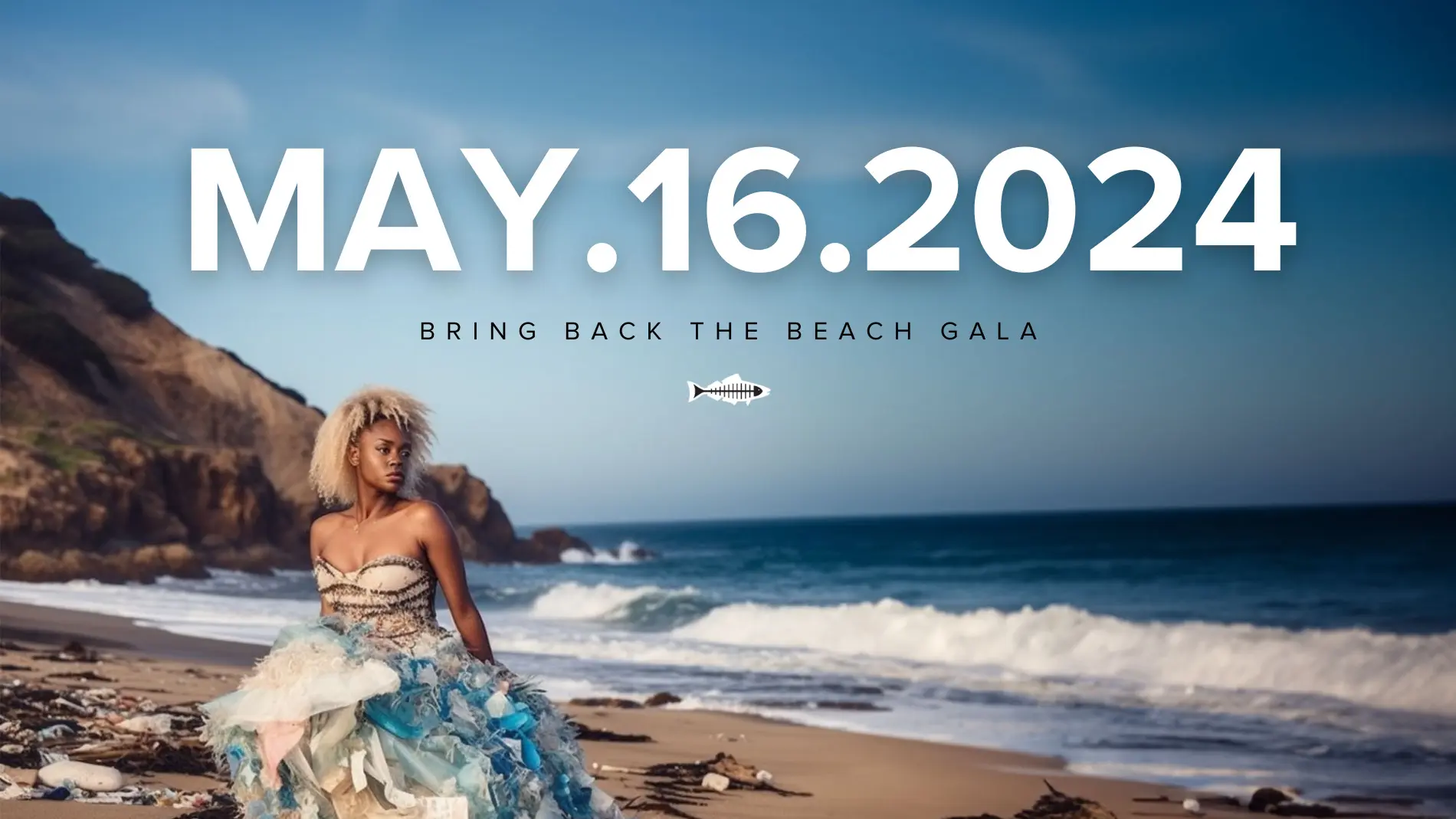
You are cordially invited to our Bring Back the Beach Gala on May 16, 2024.
As a fundraising benefit for Heal the Bay, this exclusive West Coast event welcomes hundreds of business, political, entertainment, and environmental leaders. Reserve your tickets to our biggest event of the year!
Our 2024 GALA is SINGLE-USE PLASTIC-FREE because at Heal the Bay, we believe #ReusableIsBeautiful! Help keep single-use plastic out of our watershed when you “BRING BACK THE BEACH” this May.
Coastal Cleanup Day Site Captain Training
Become a Site Captain or Co-Captain and host a Heal the Bay cleanup site in LA County for Coastal Cleanup Day 2024!
LA’s biggest volunteer event returns!
Join Heal the Bay’s Coastal Cleanup Day on Sept 21st, 2024.
In 2023, over 7,000 Heal the Bay volunteers removed over 16,000 lbs. of trash and 400 lbs. of recycling from 97 miles of beach, river, underwater, and trail cleanup sites! Help us make an even more significant impact in 2024.
Want to lead a cleanup site? Sign up for Site Captain training on Thursday, 5/30/2024, 12:00 PM – 1:00 PM. More Site Captain training dates to come.
+The deadline to sign up to be a CCD Site Captain is 7/31/2024.
Make waves for a sustainable future in Greater Los Angeles by making your Earth Month donation to Heal the Bay.
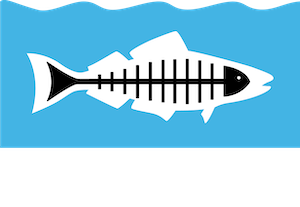
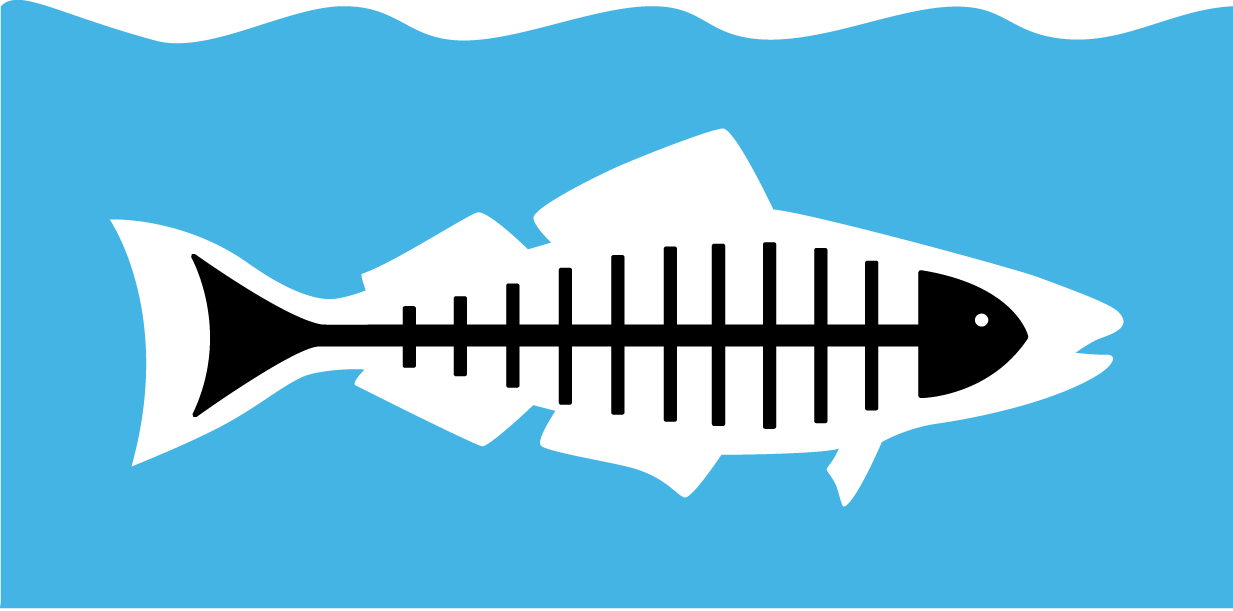

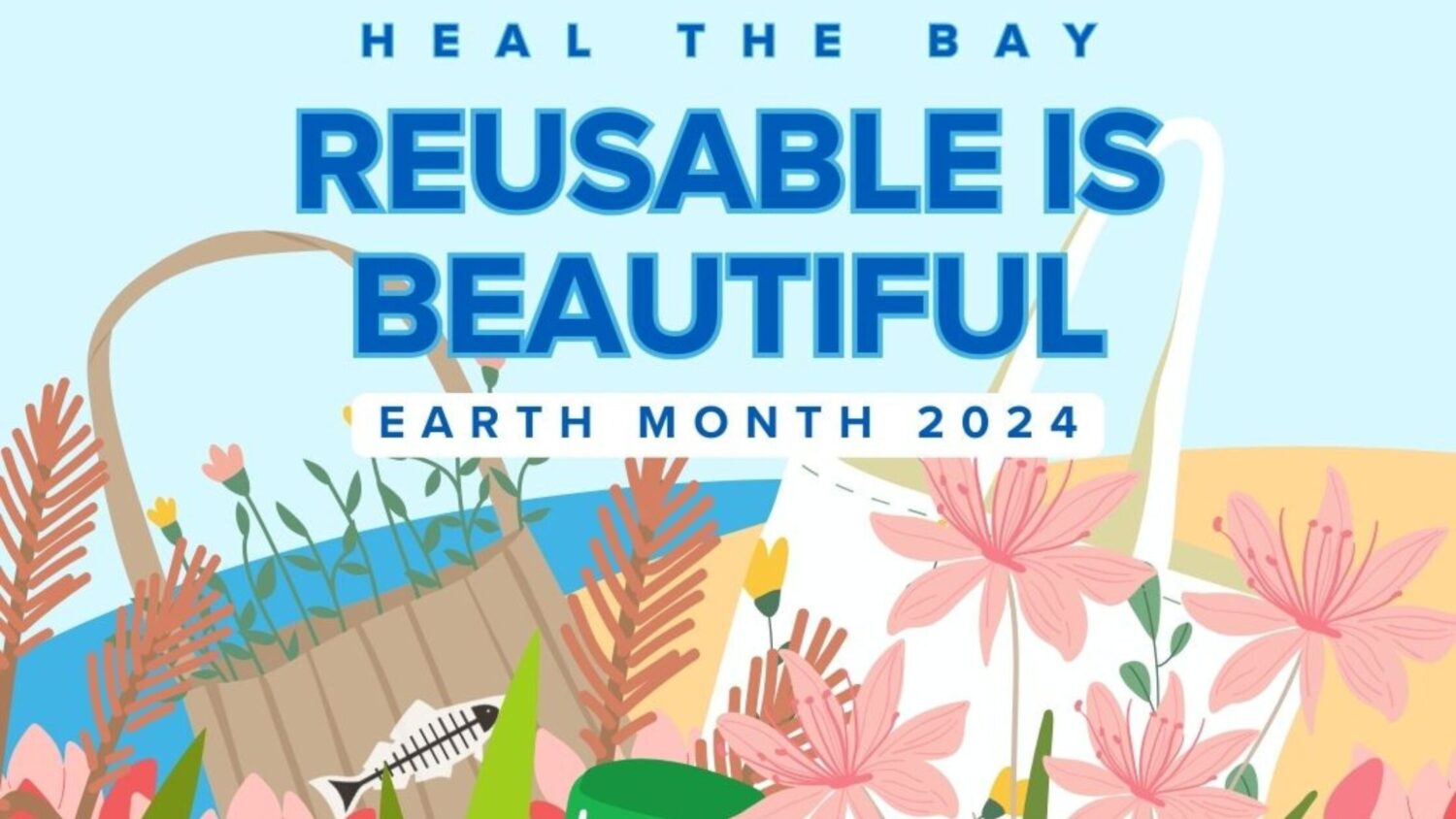
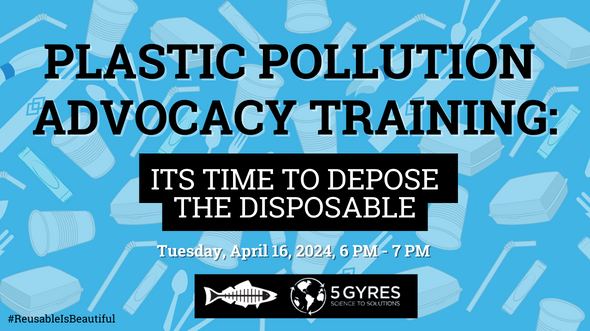
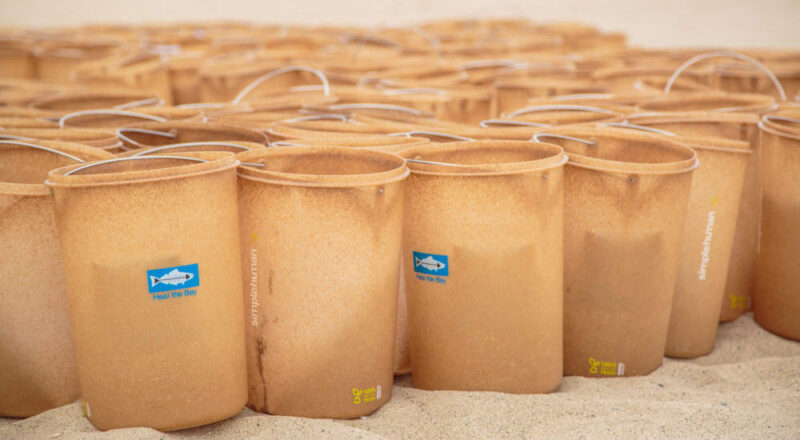
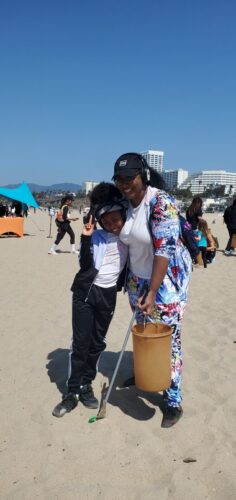
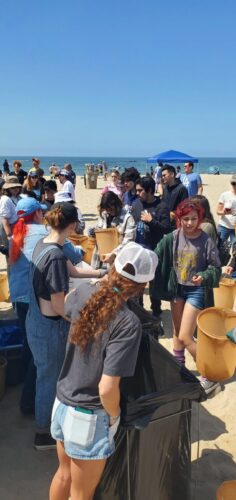
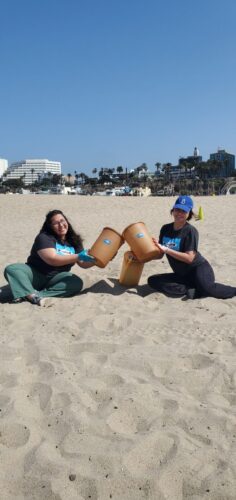

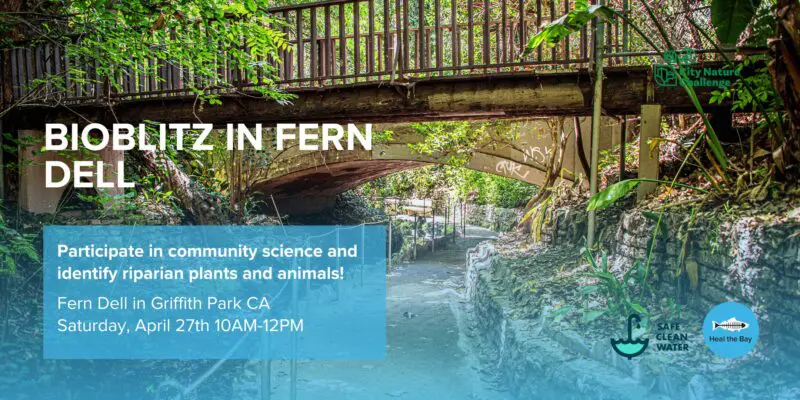
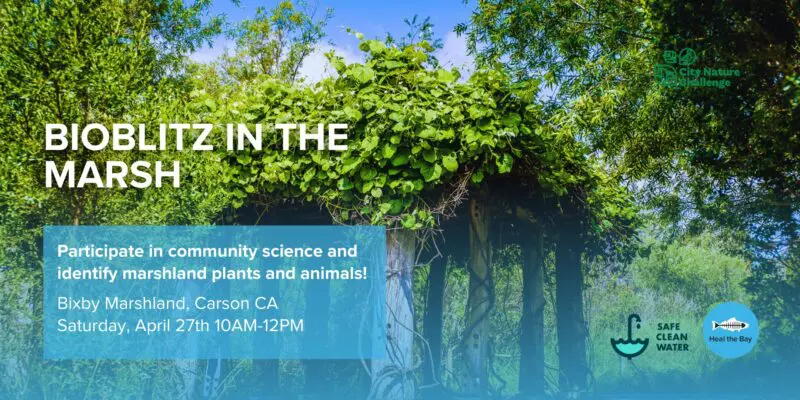
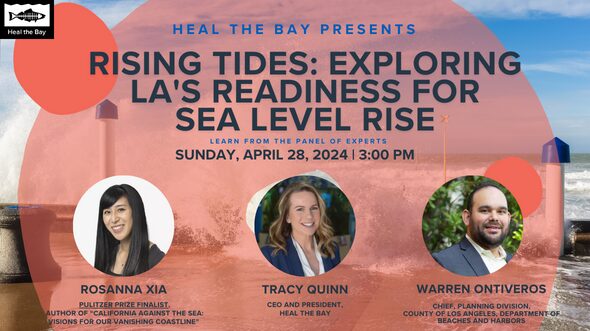
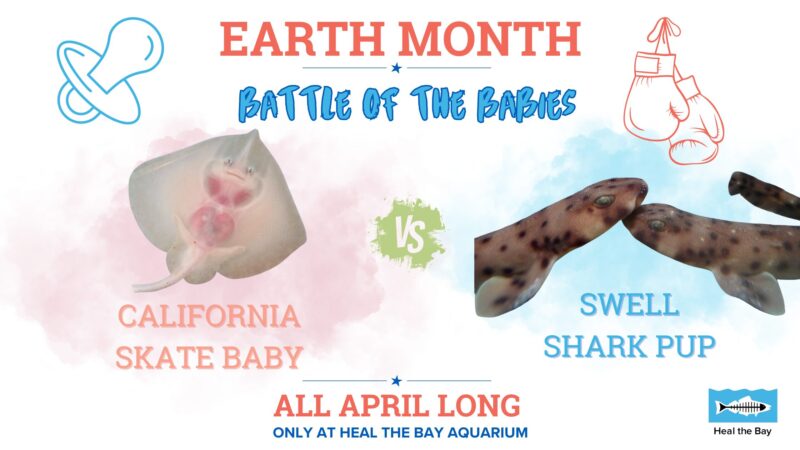
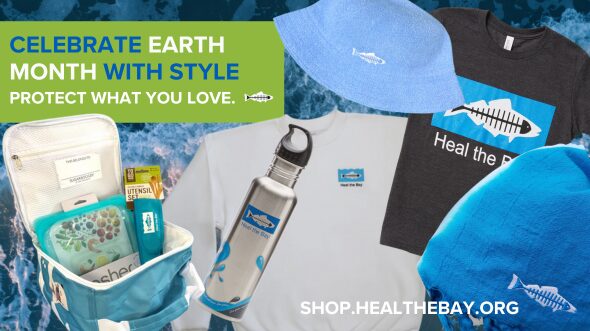
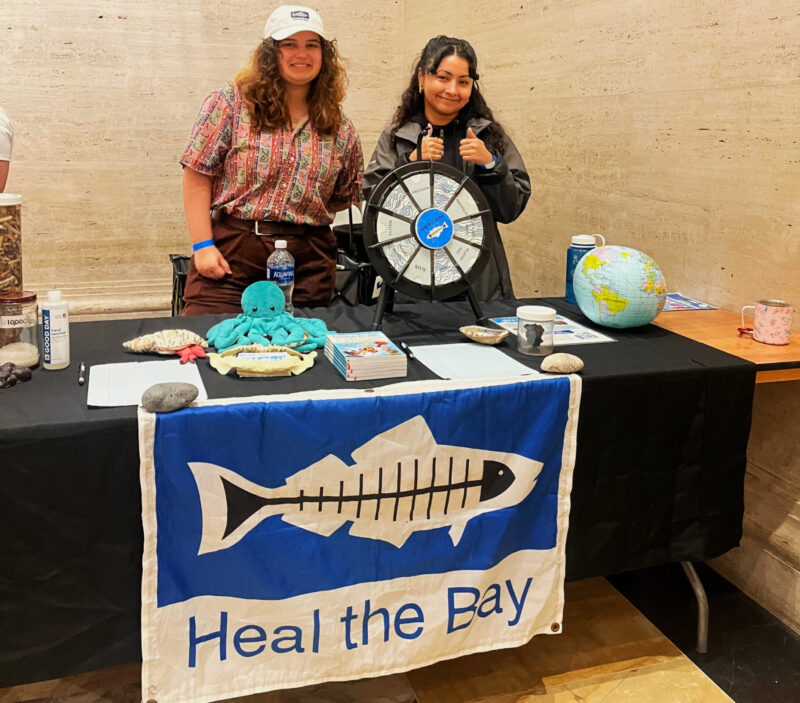

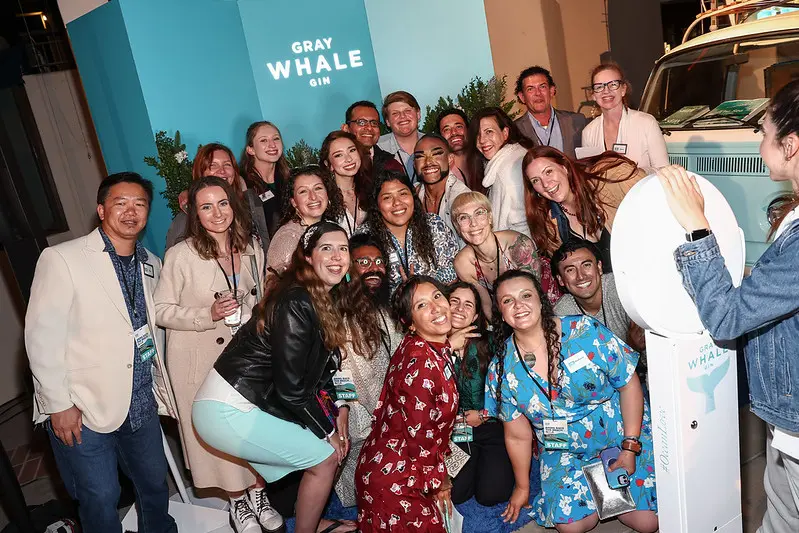
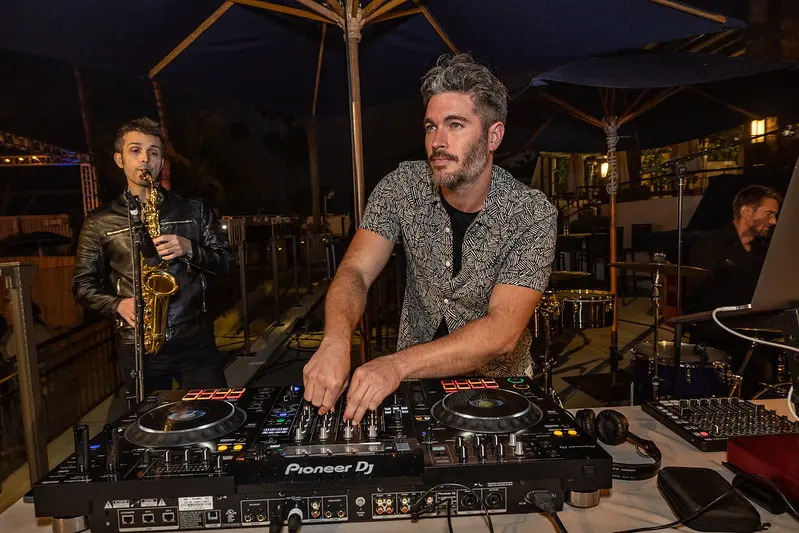
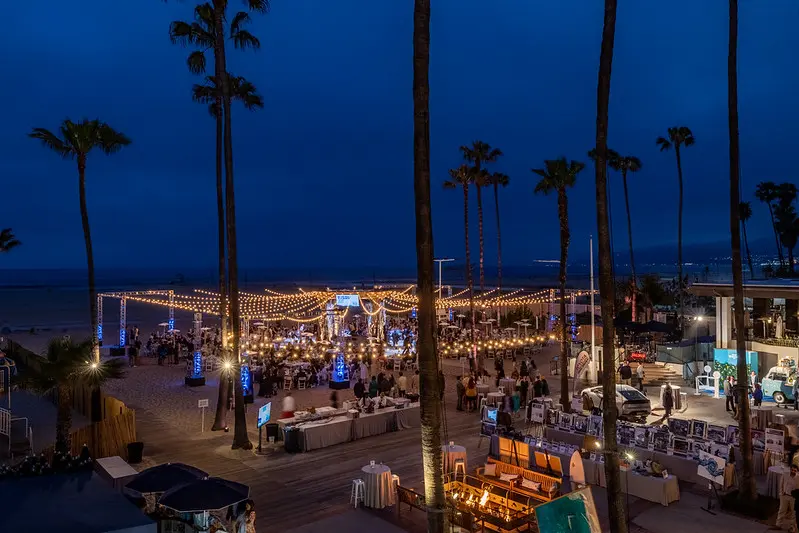

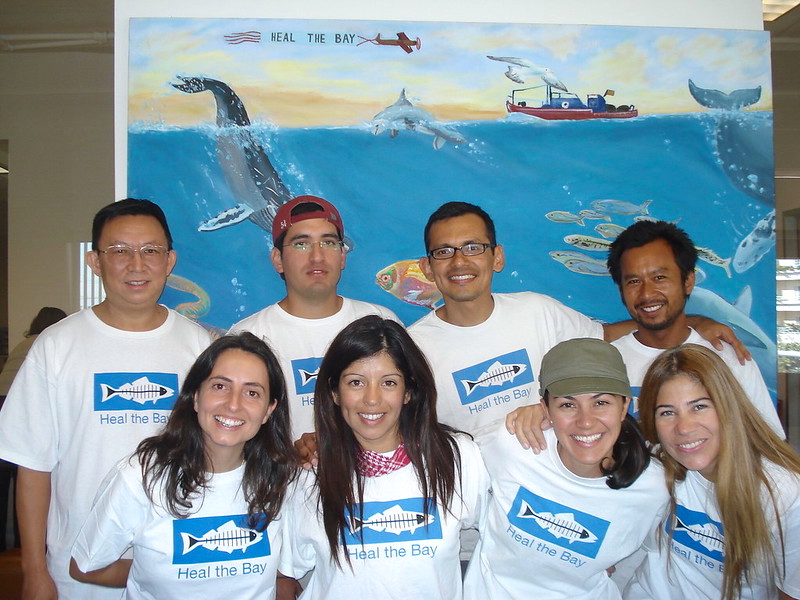
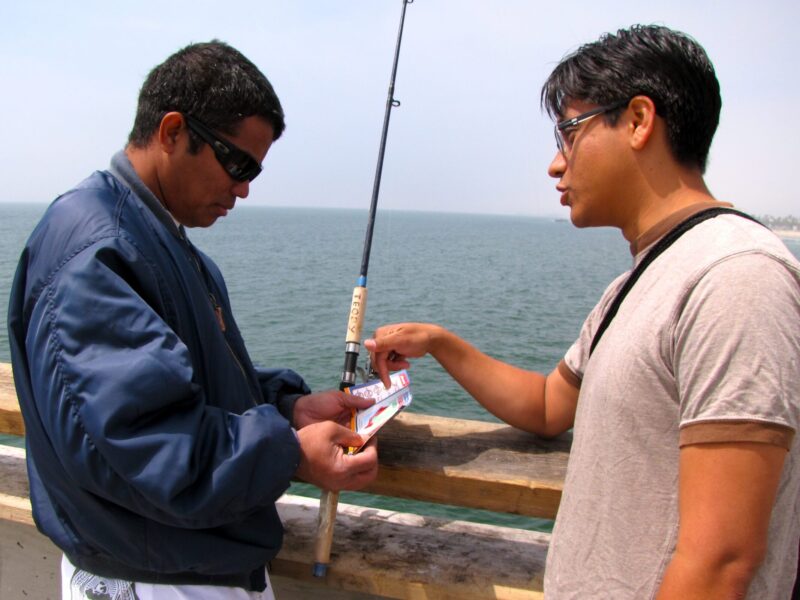
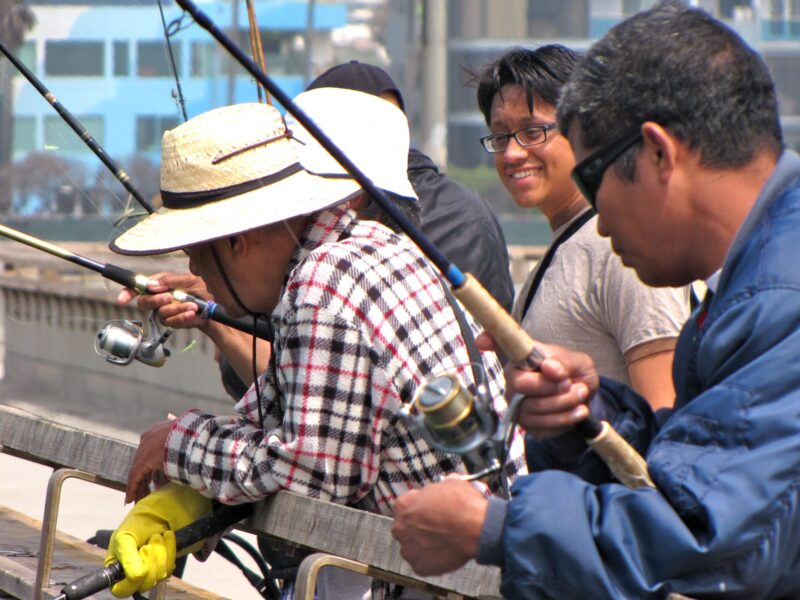

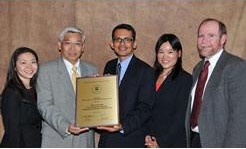
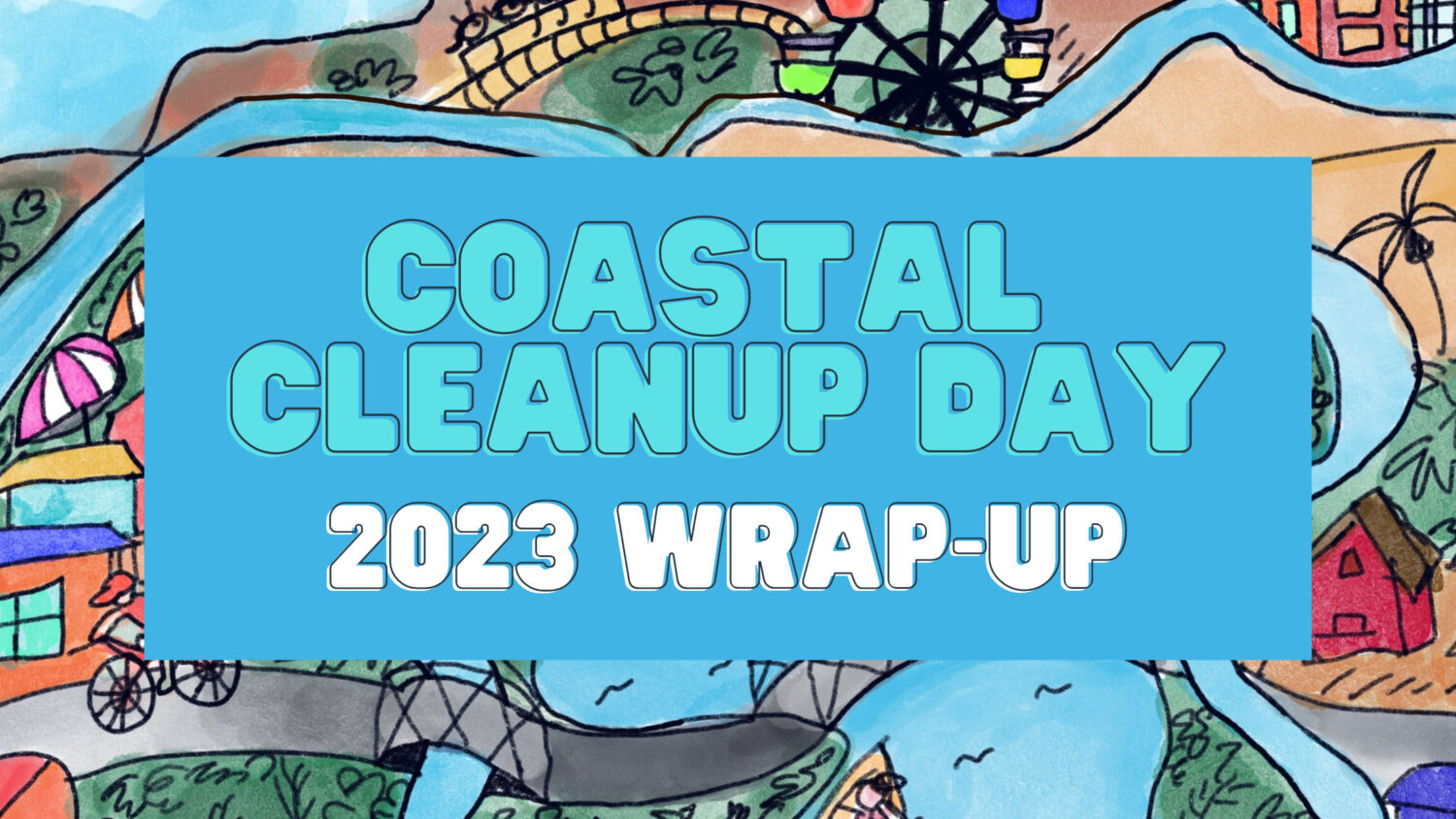
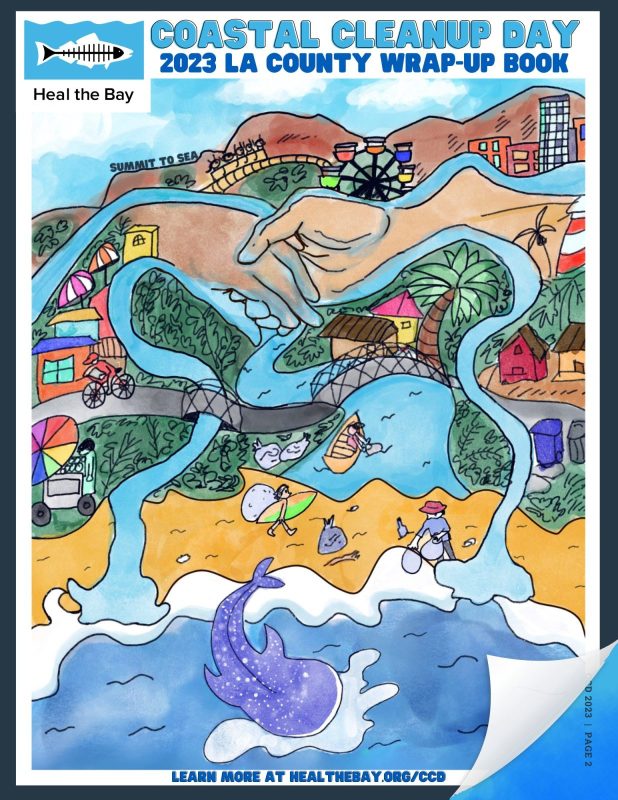
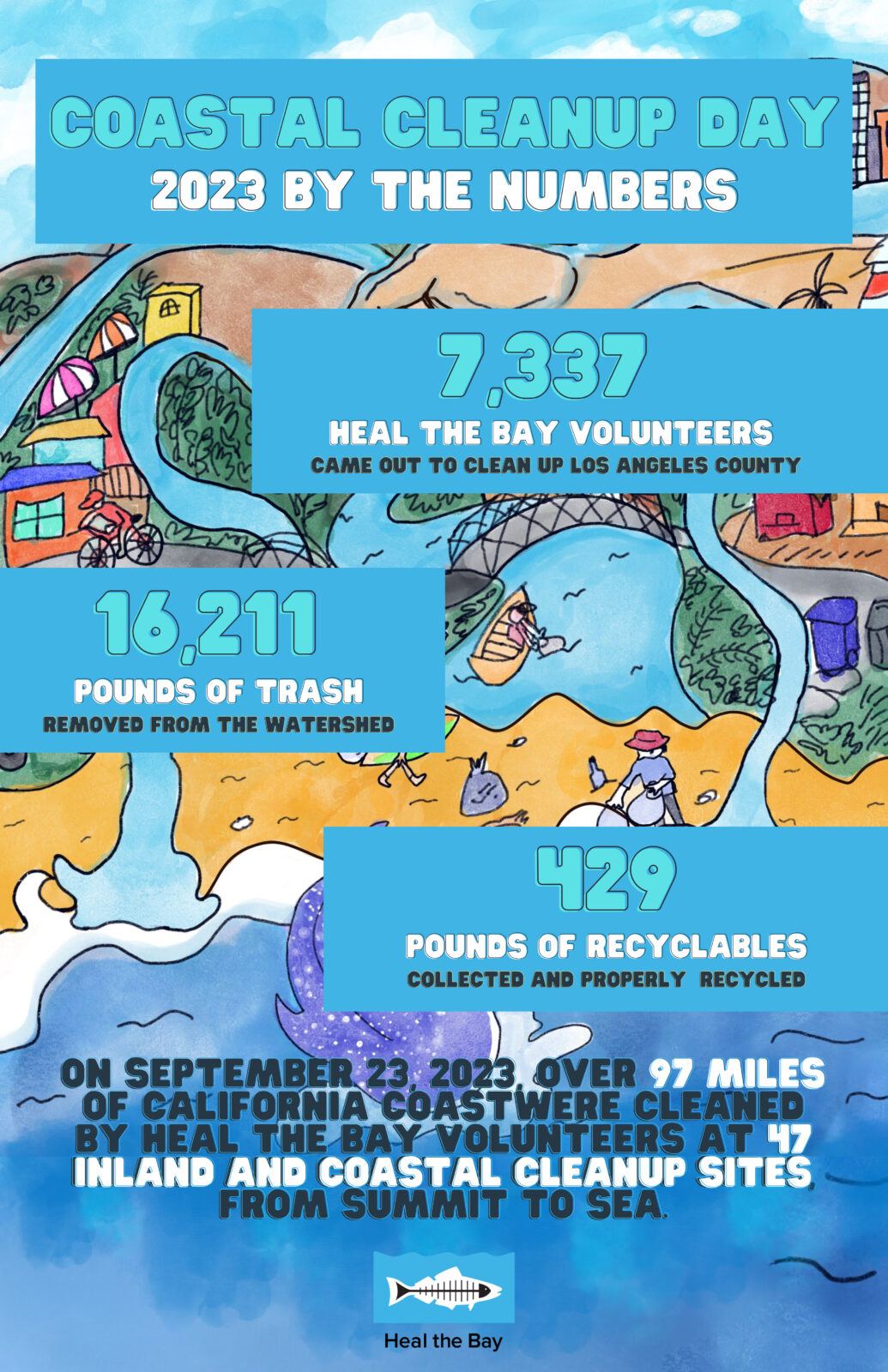

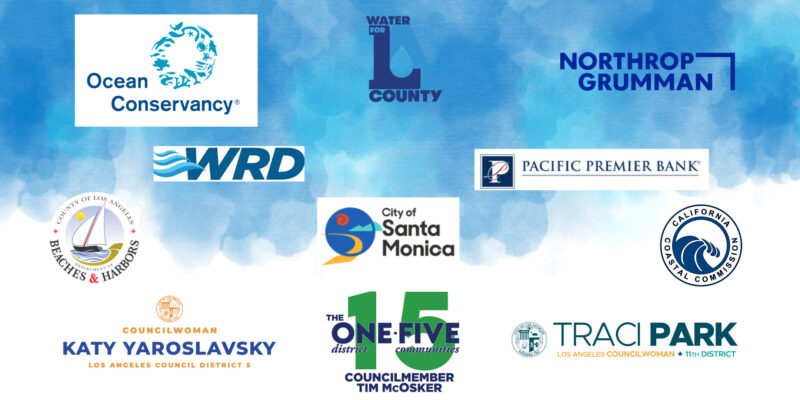
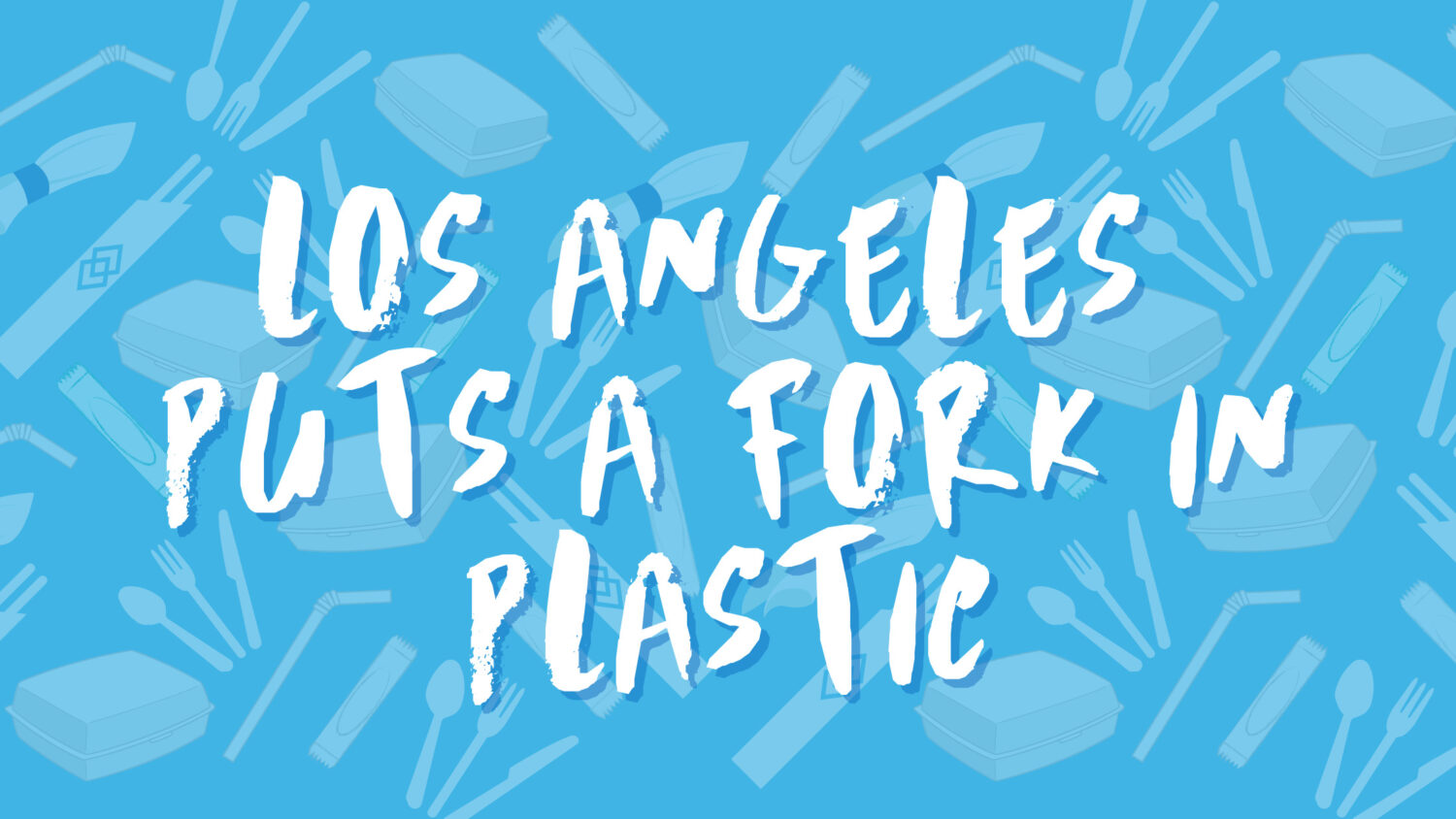
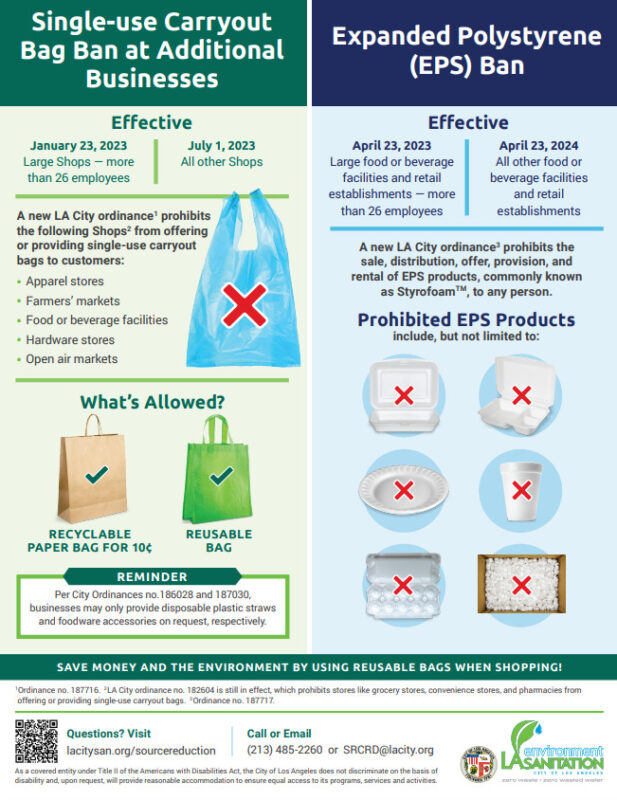
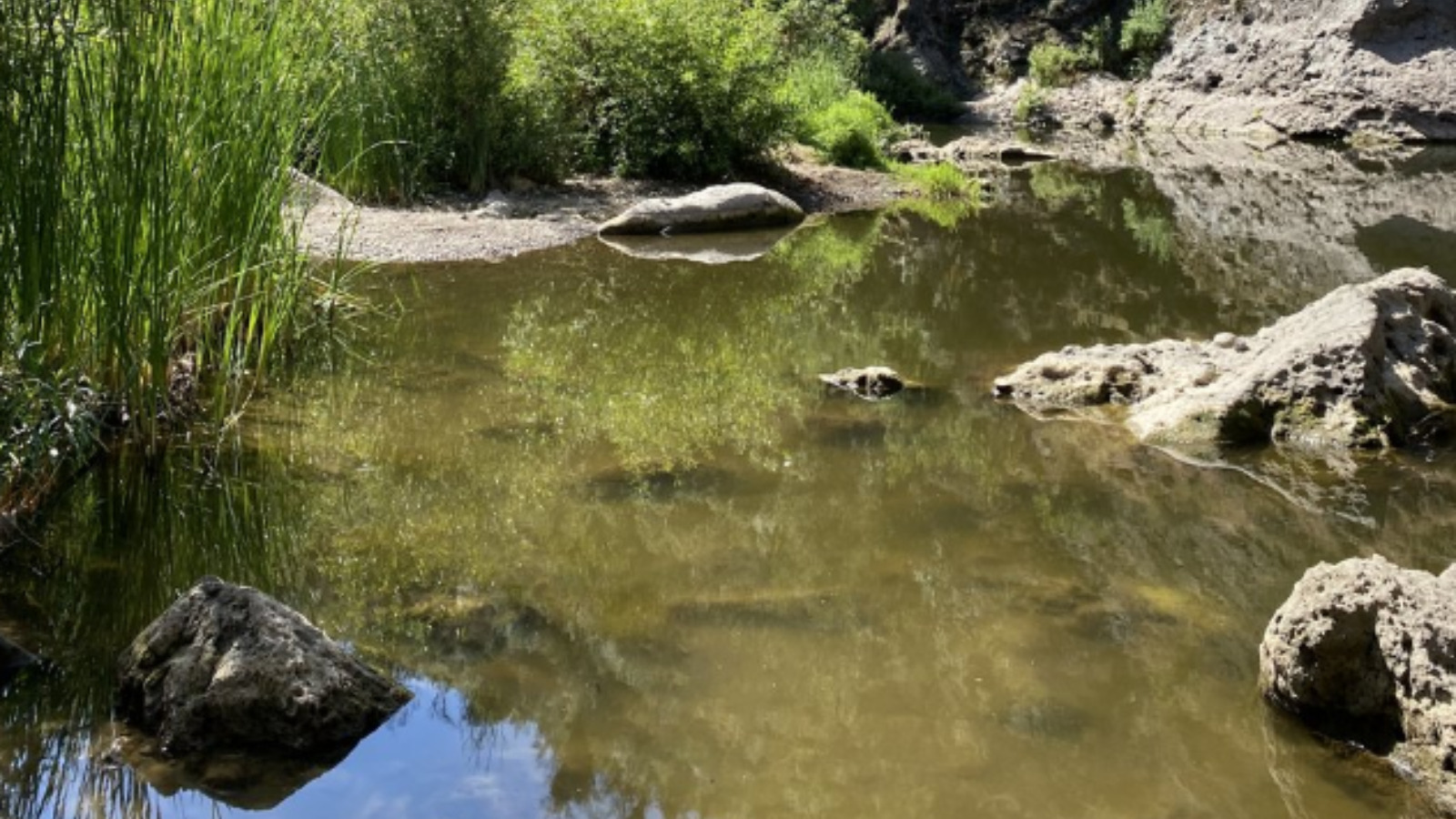
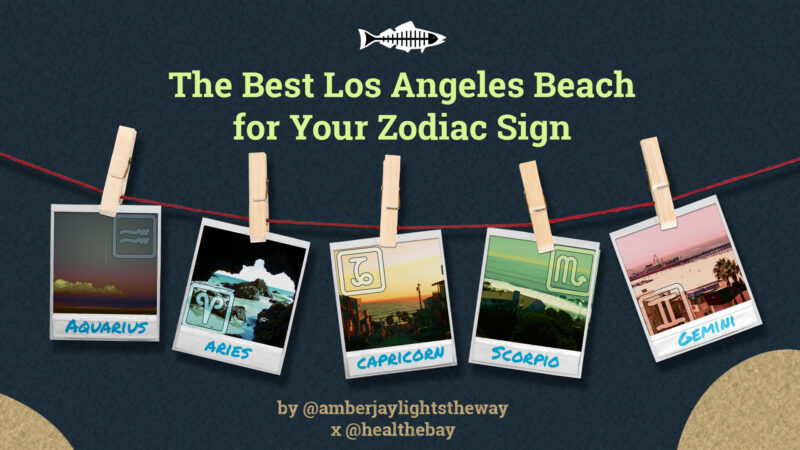
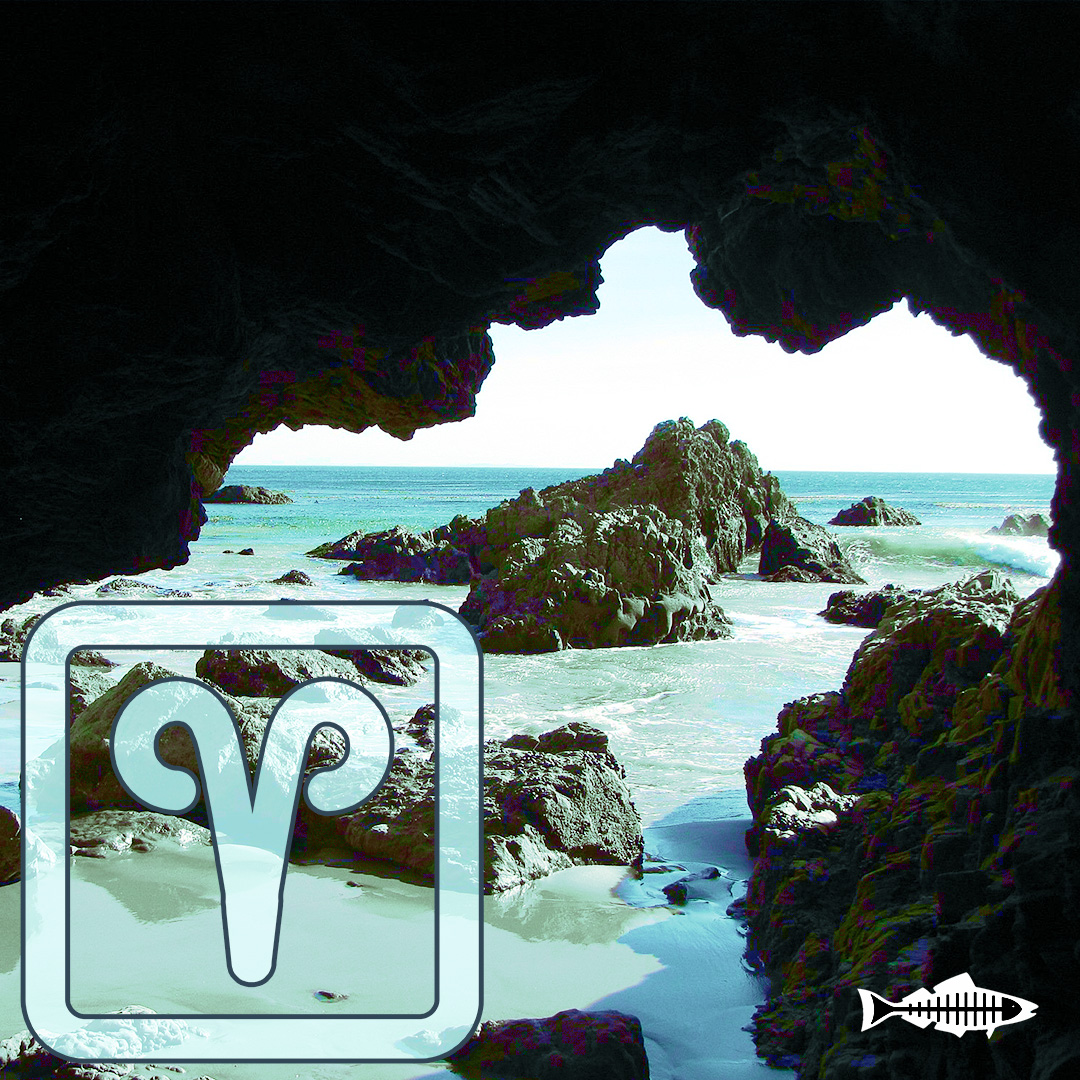
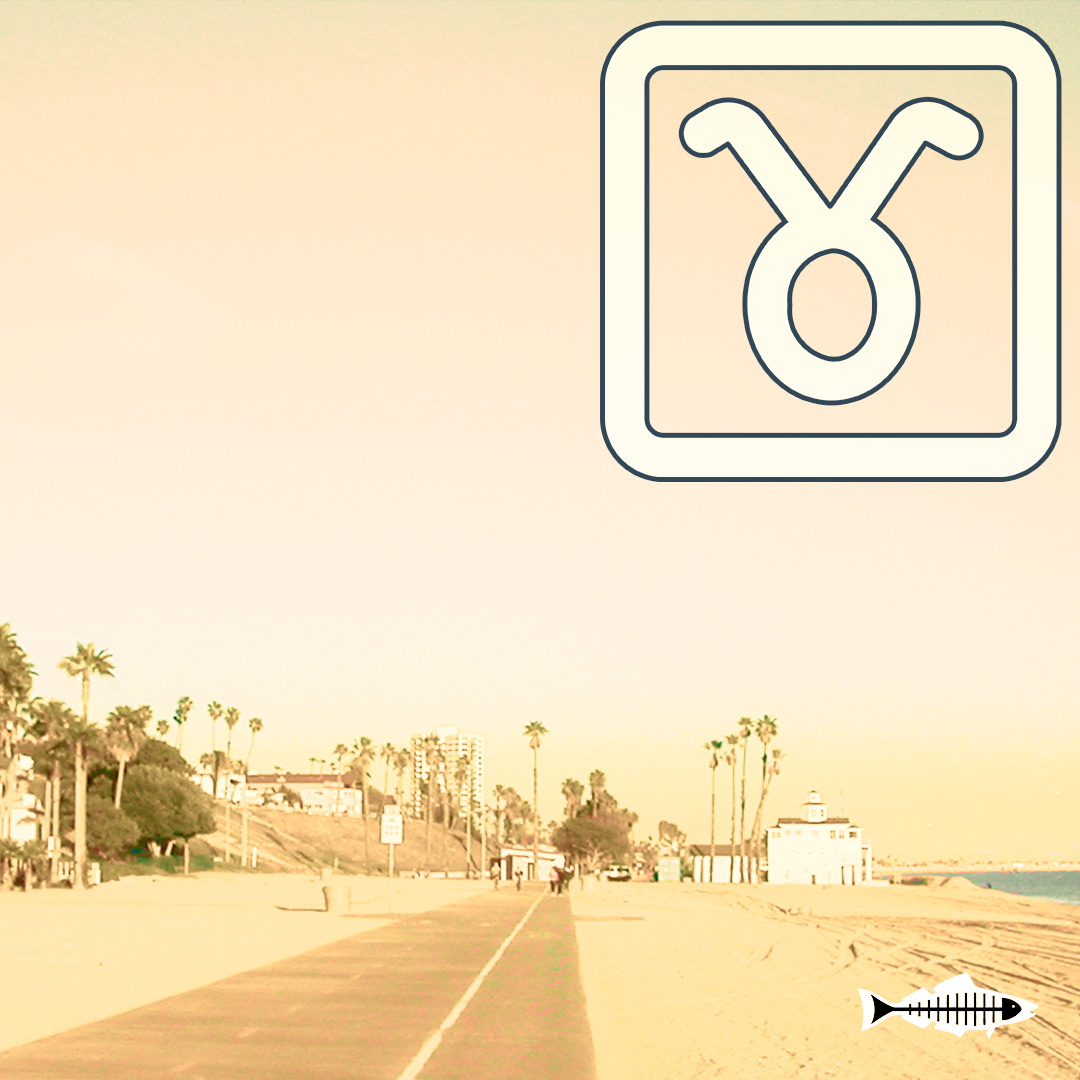
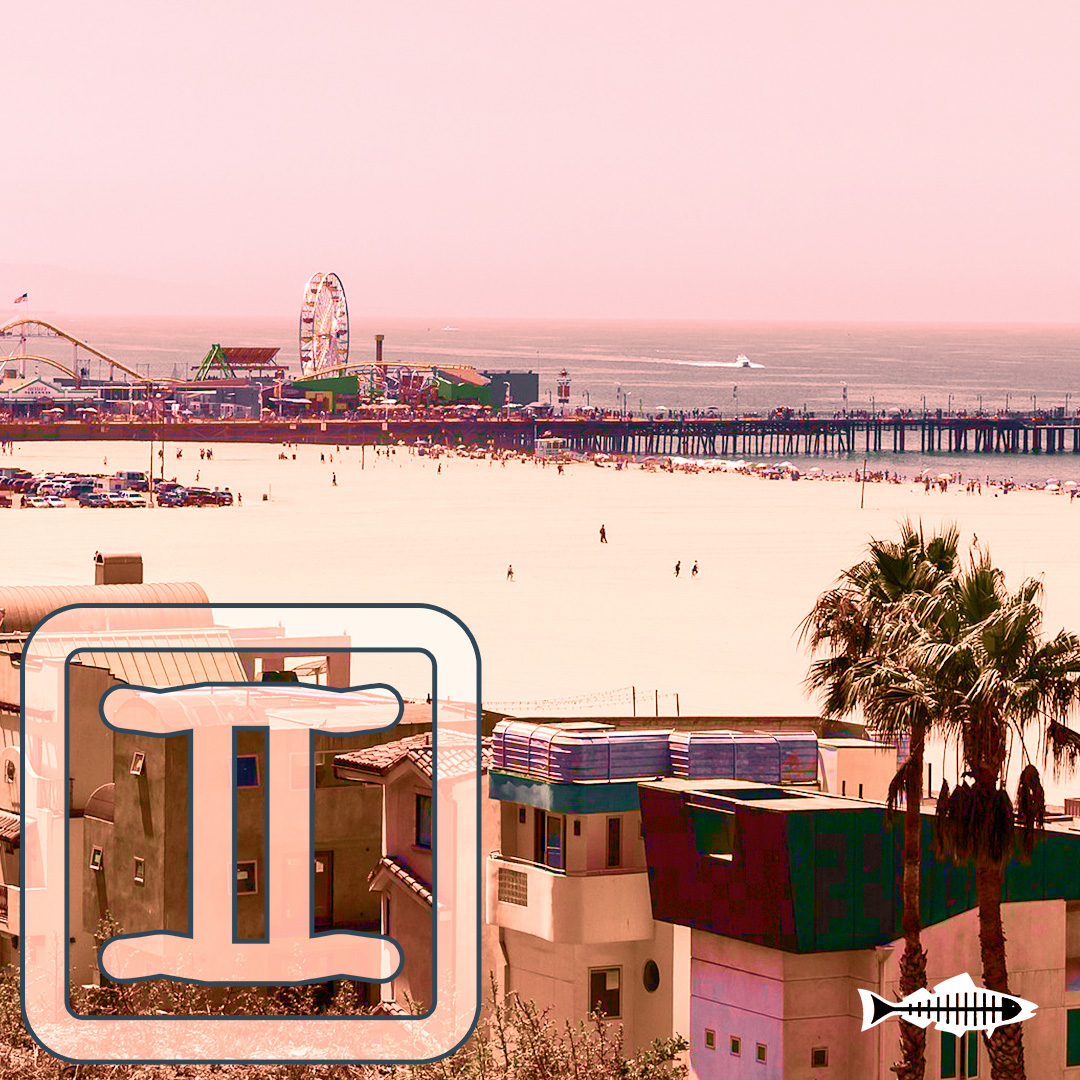
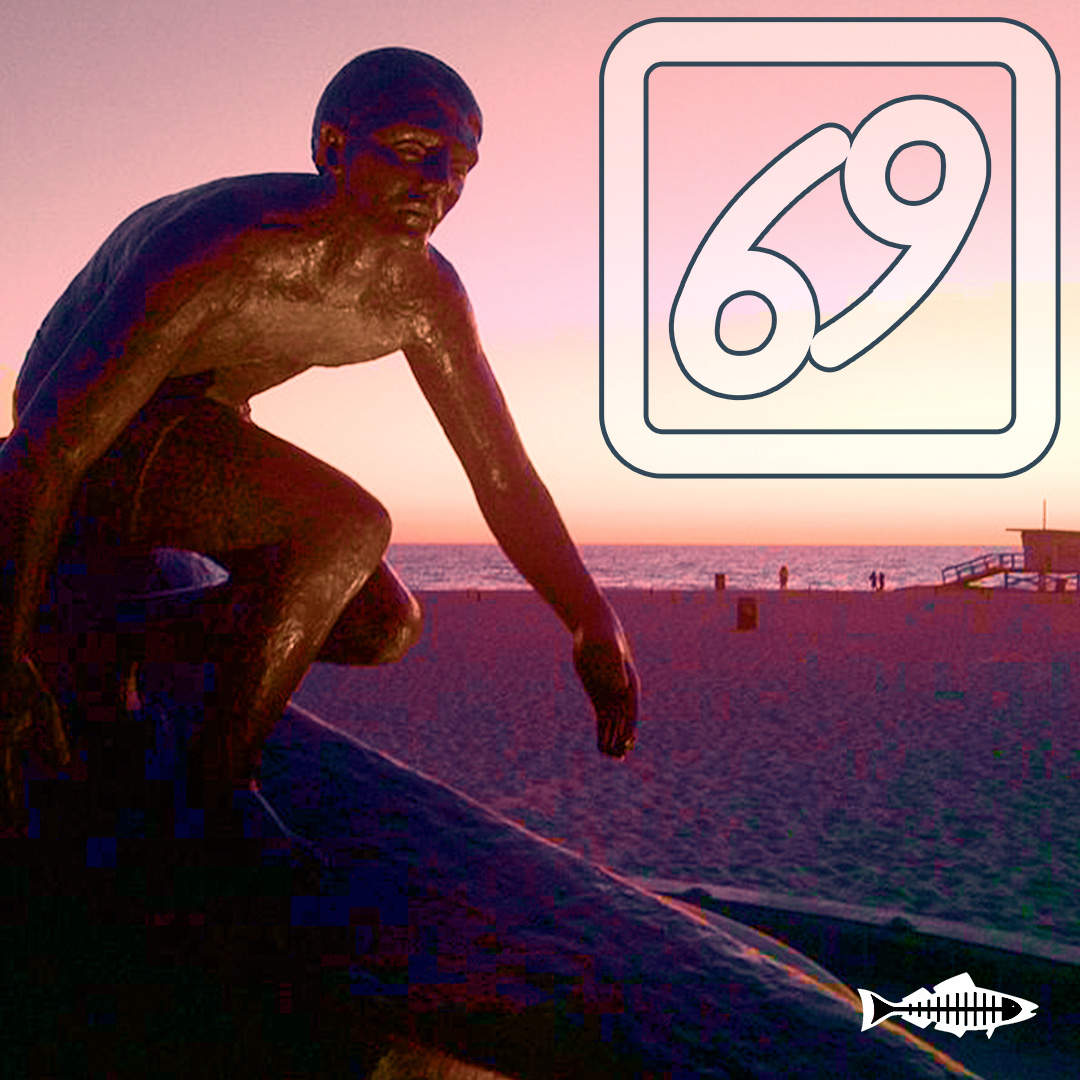
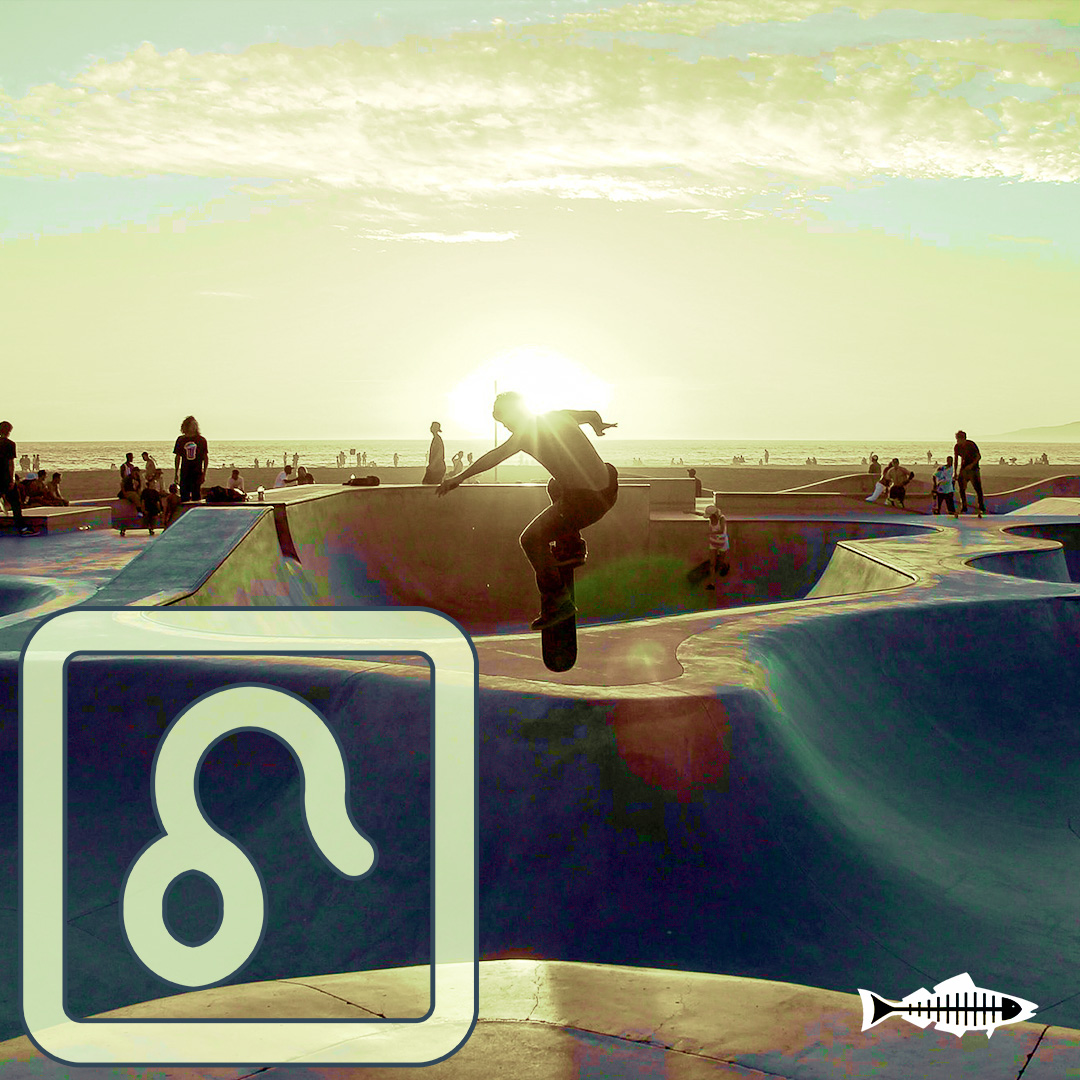

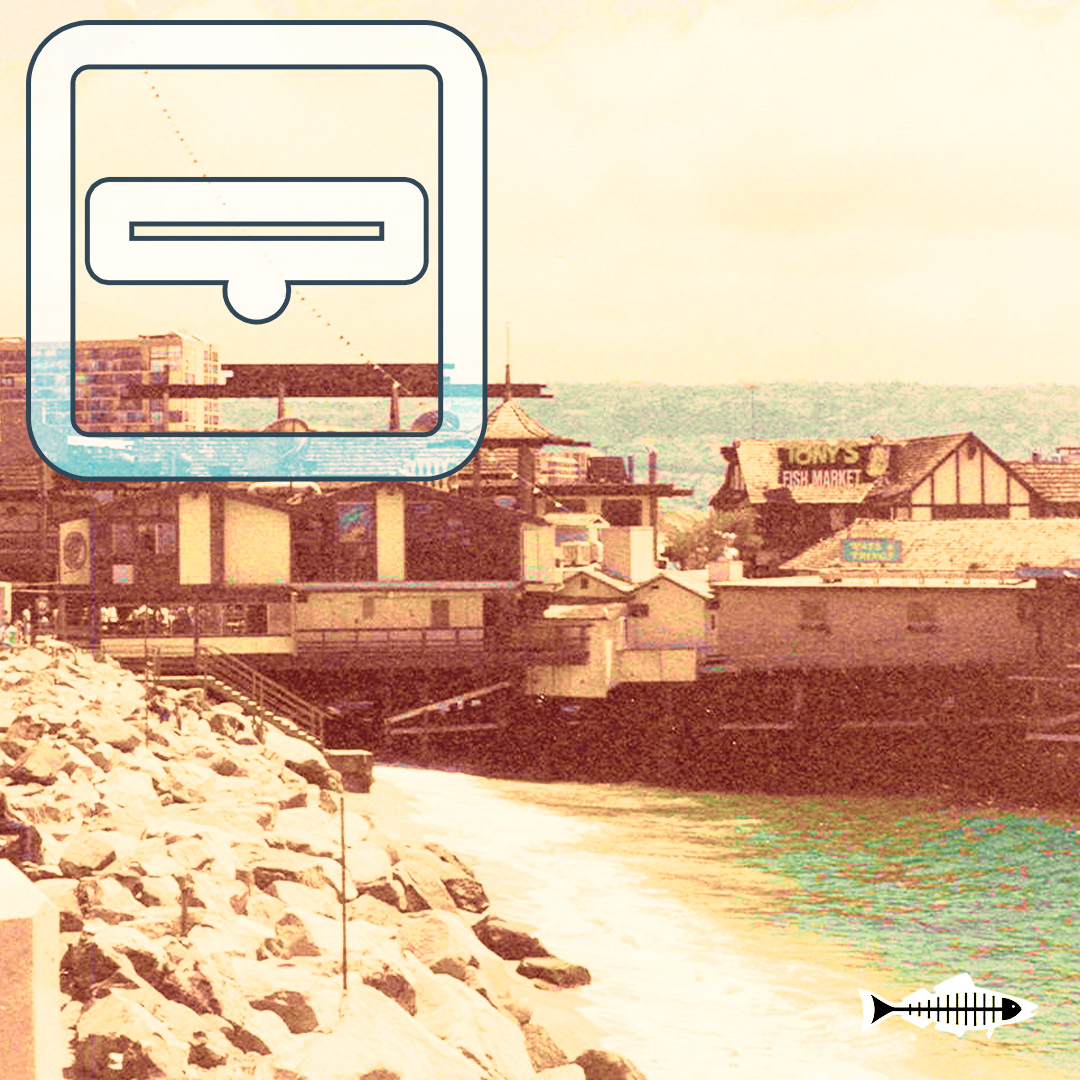
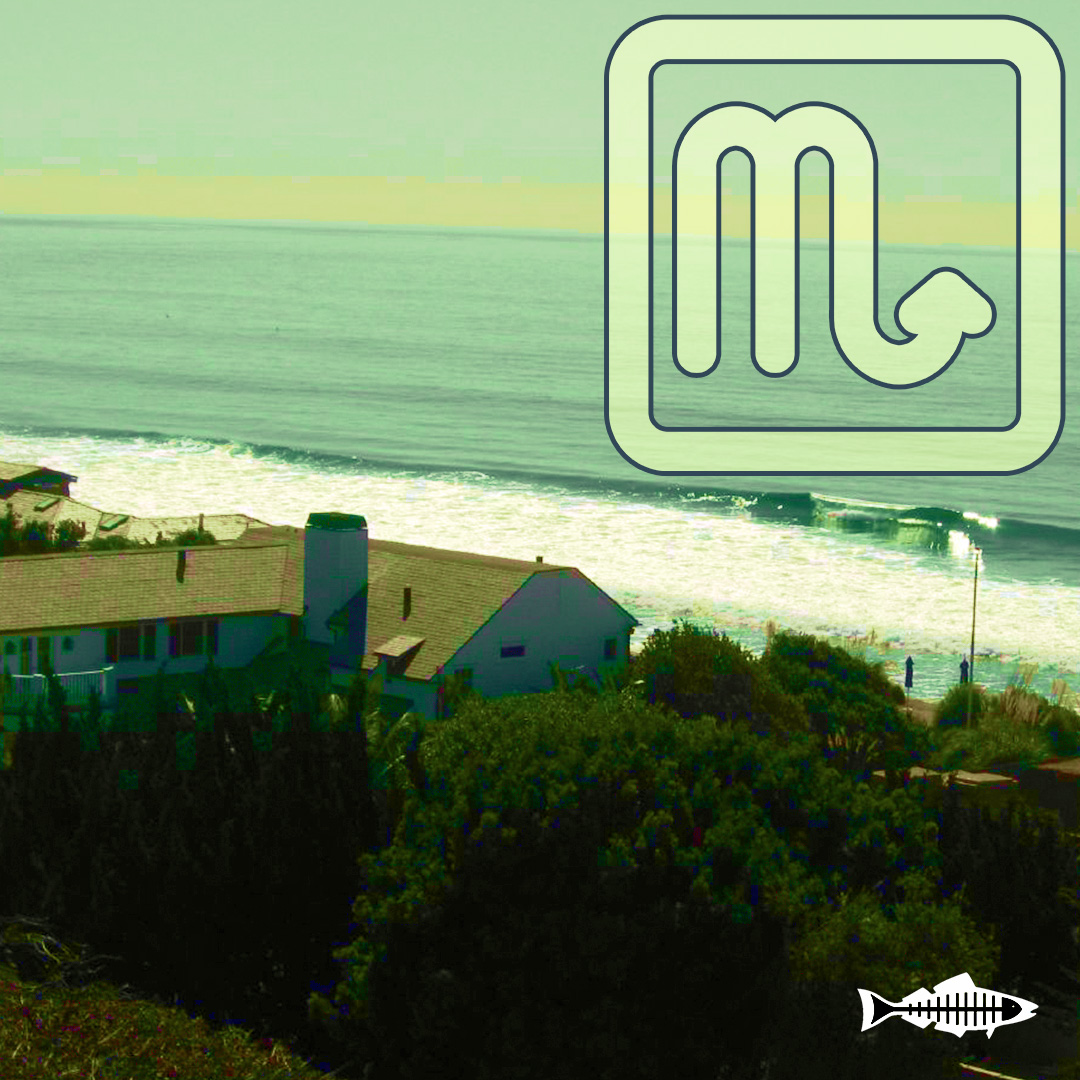
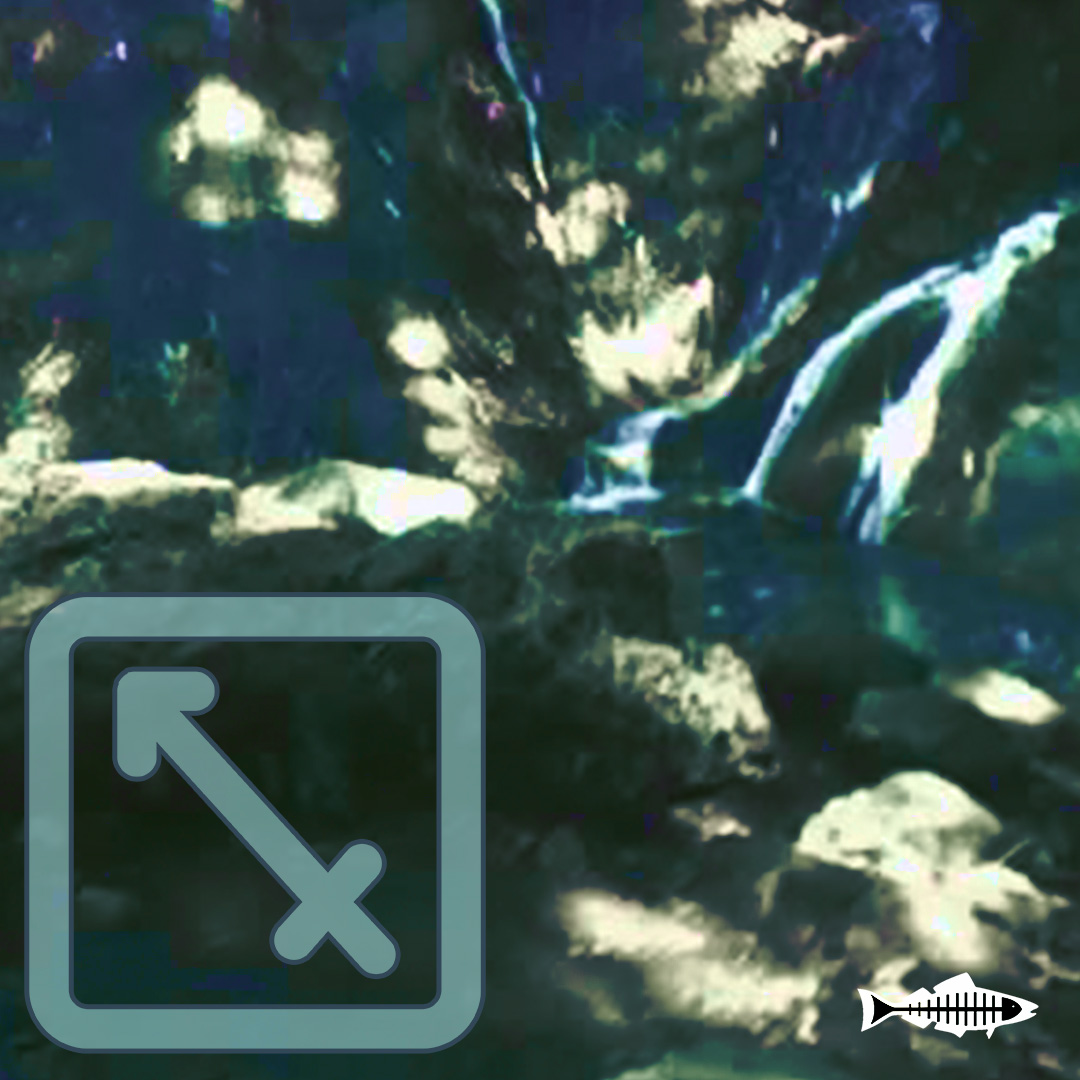
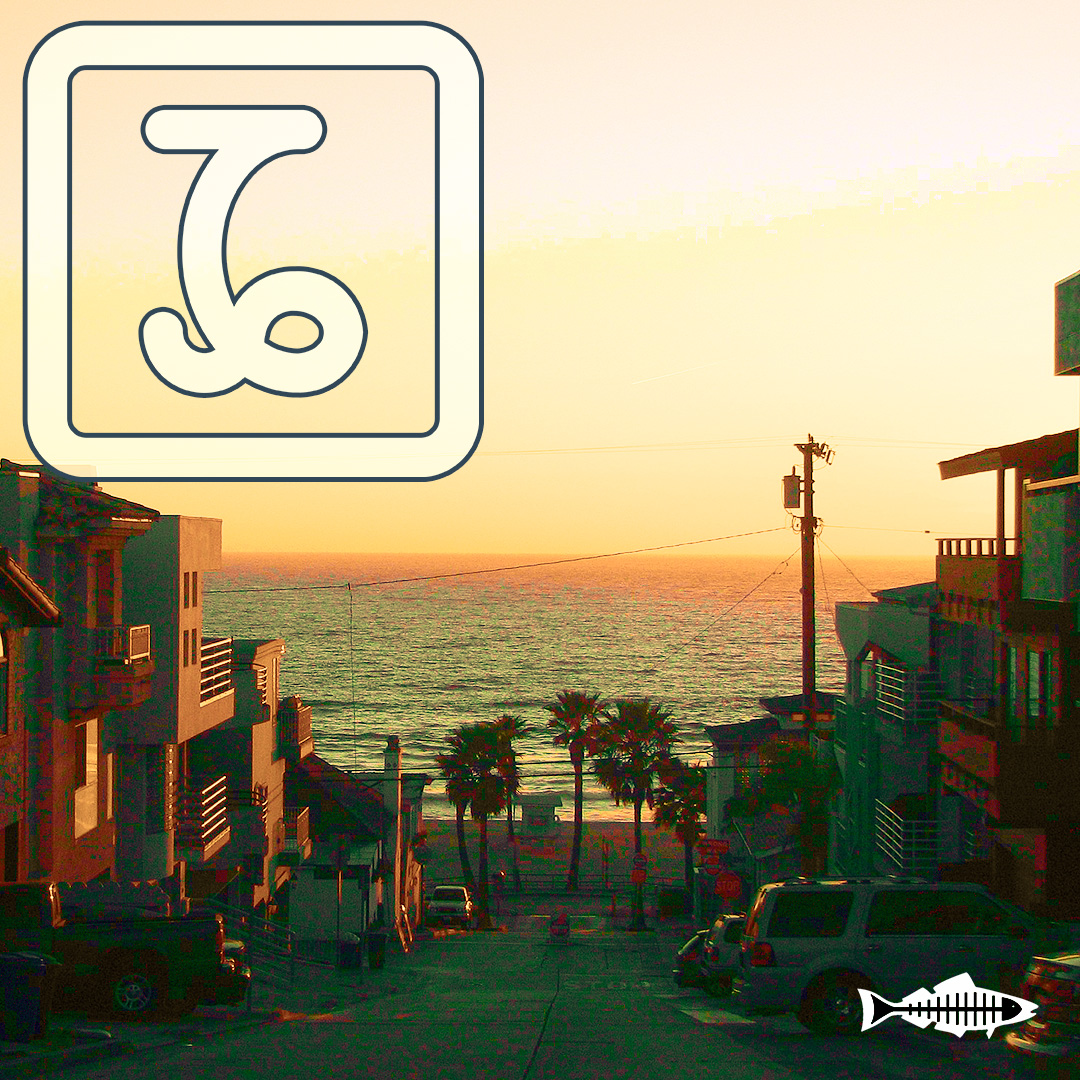
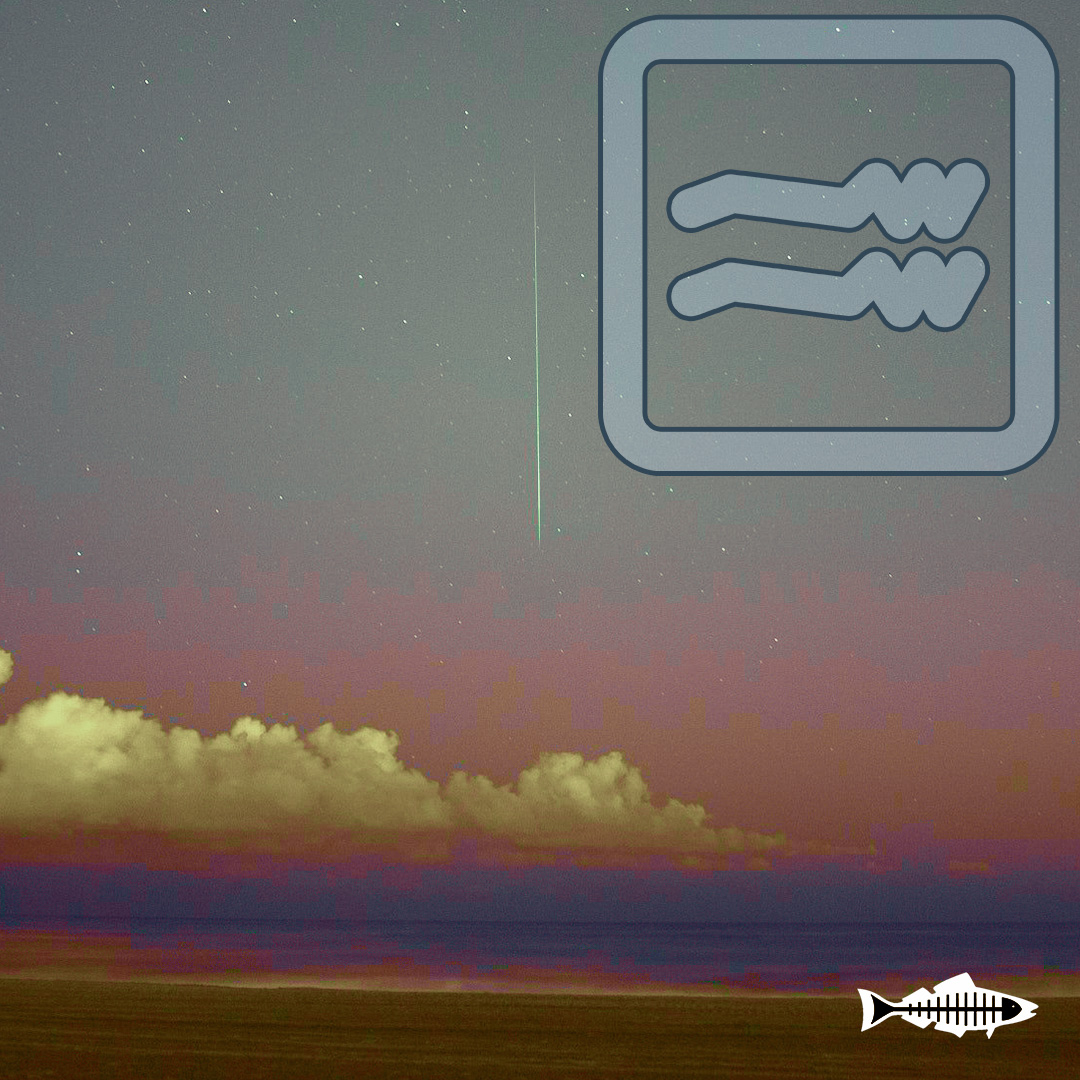
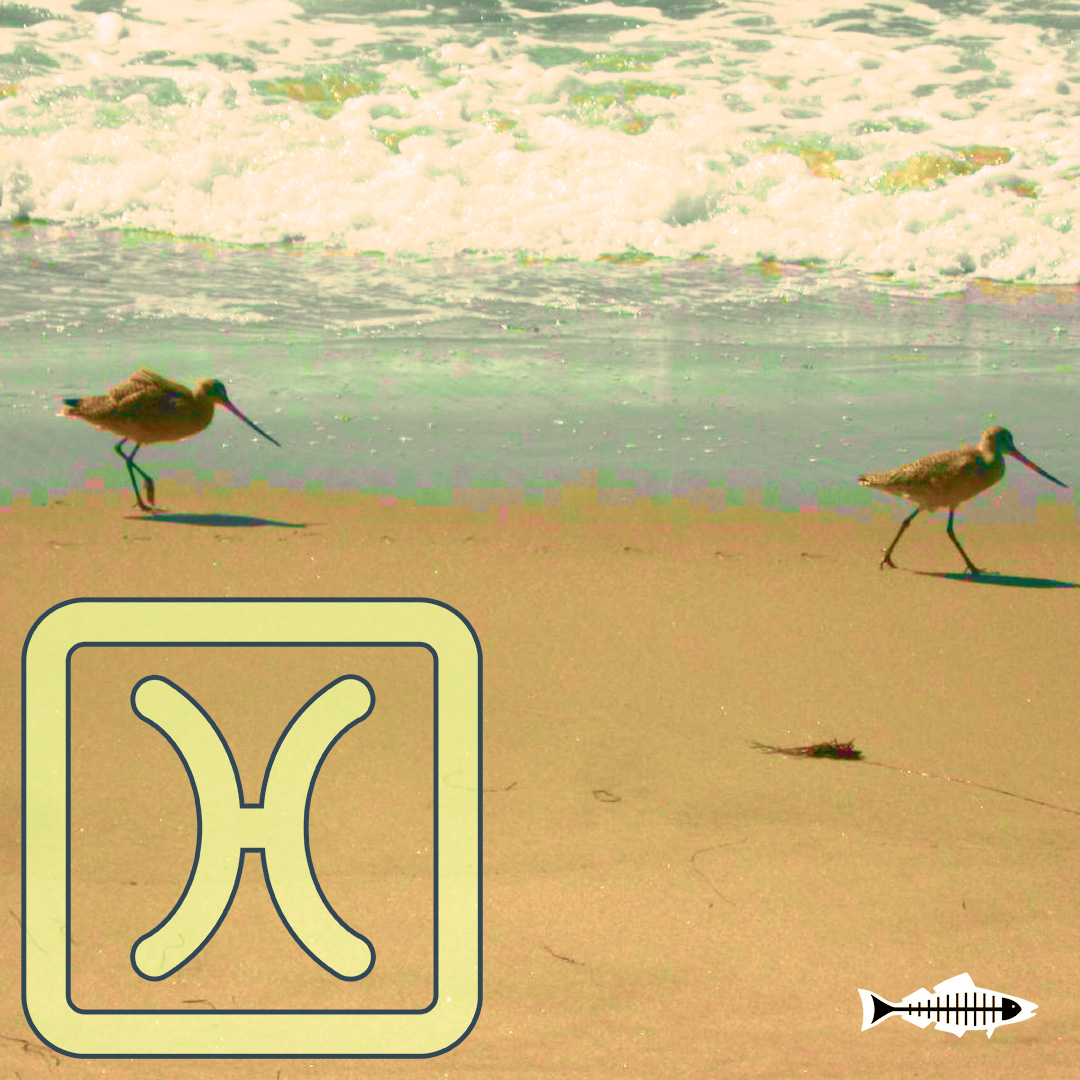
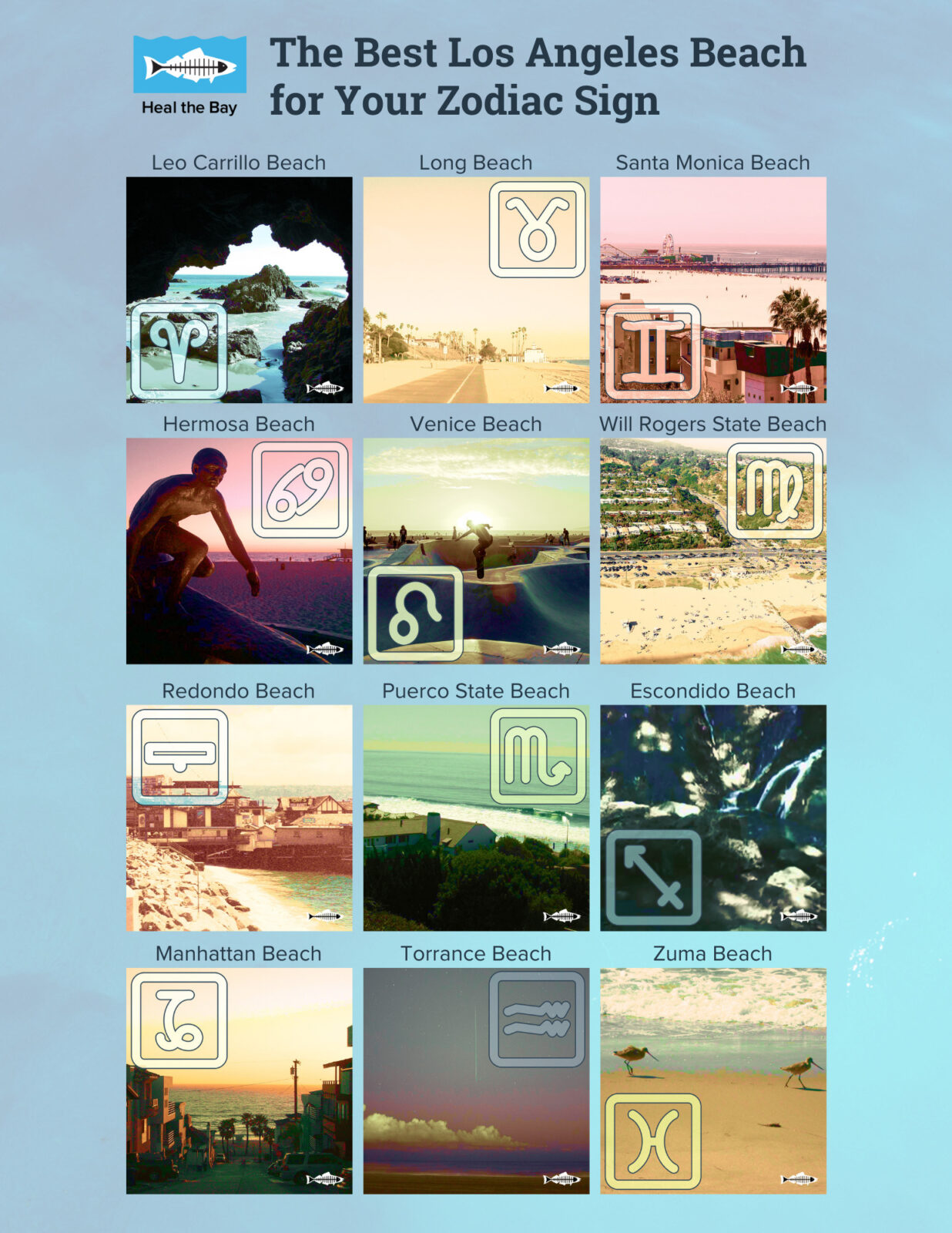
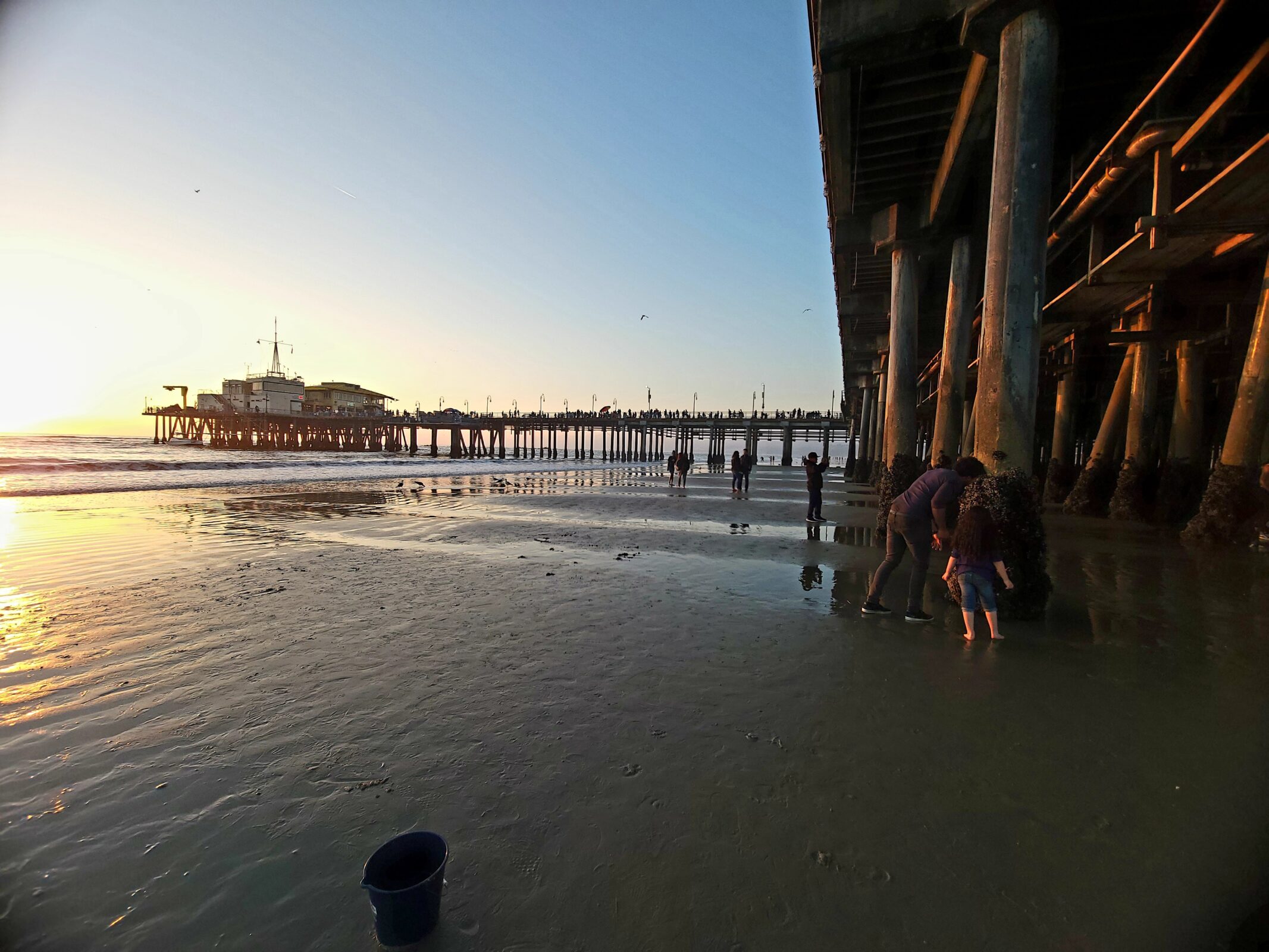
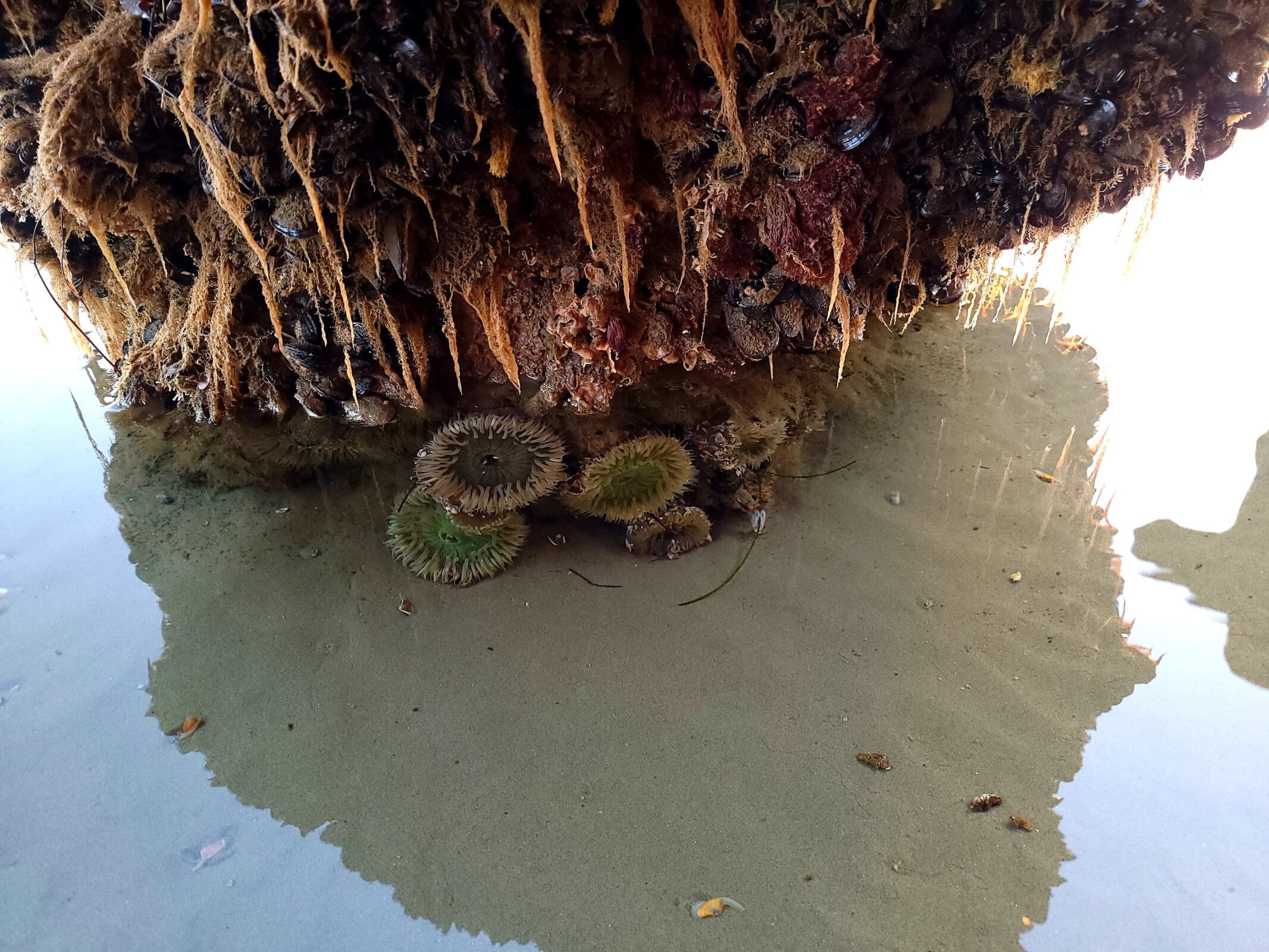
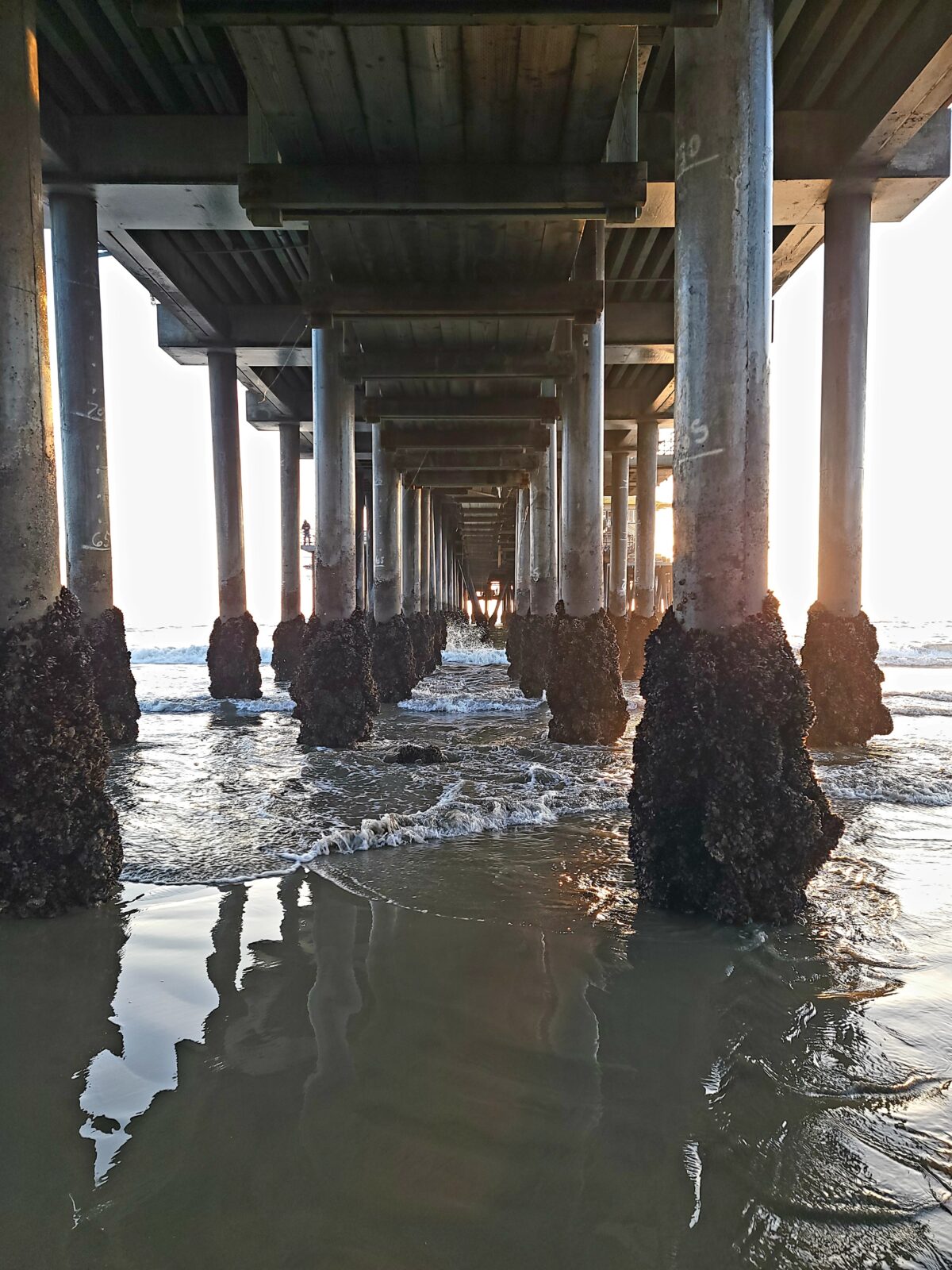
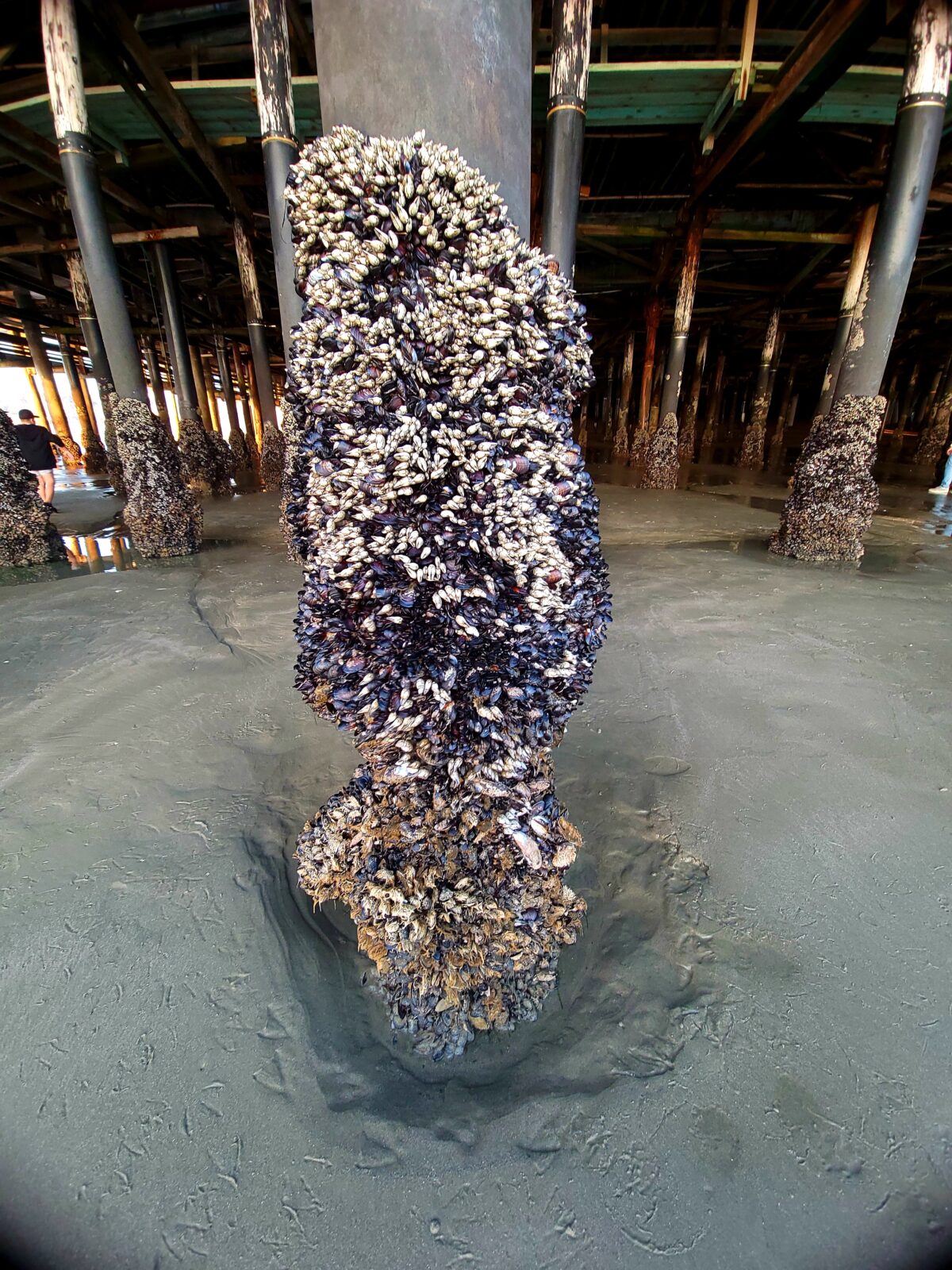
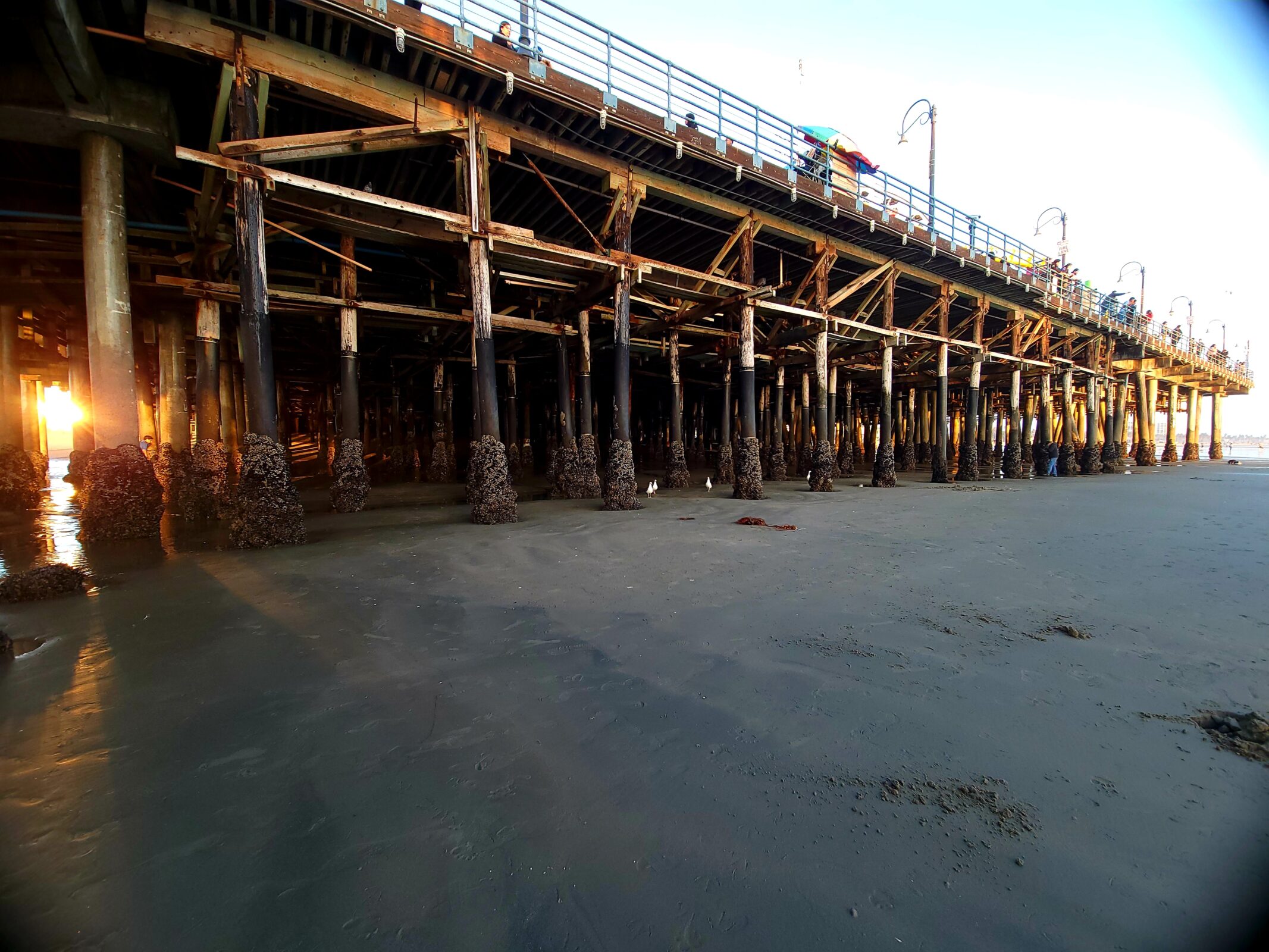
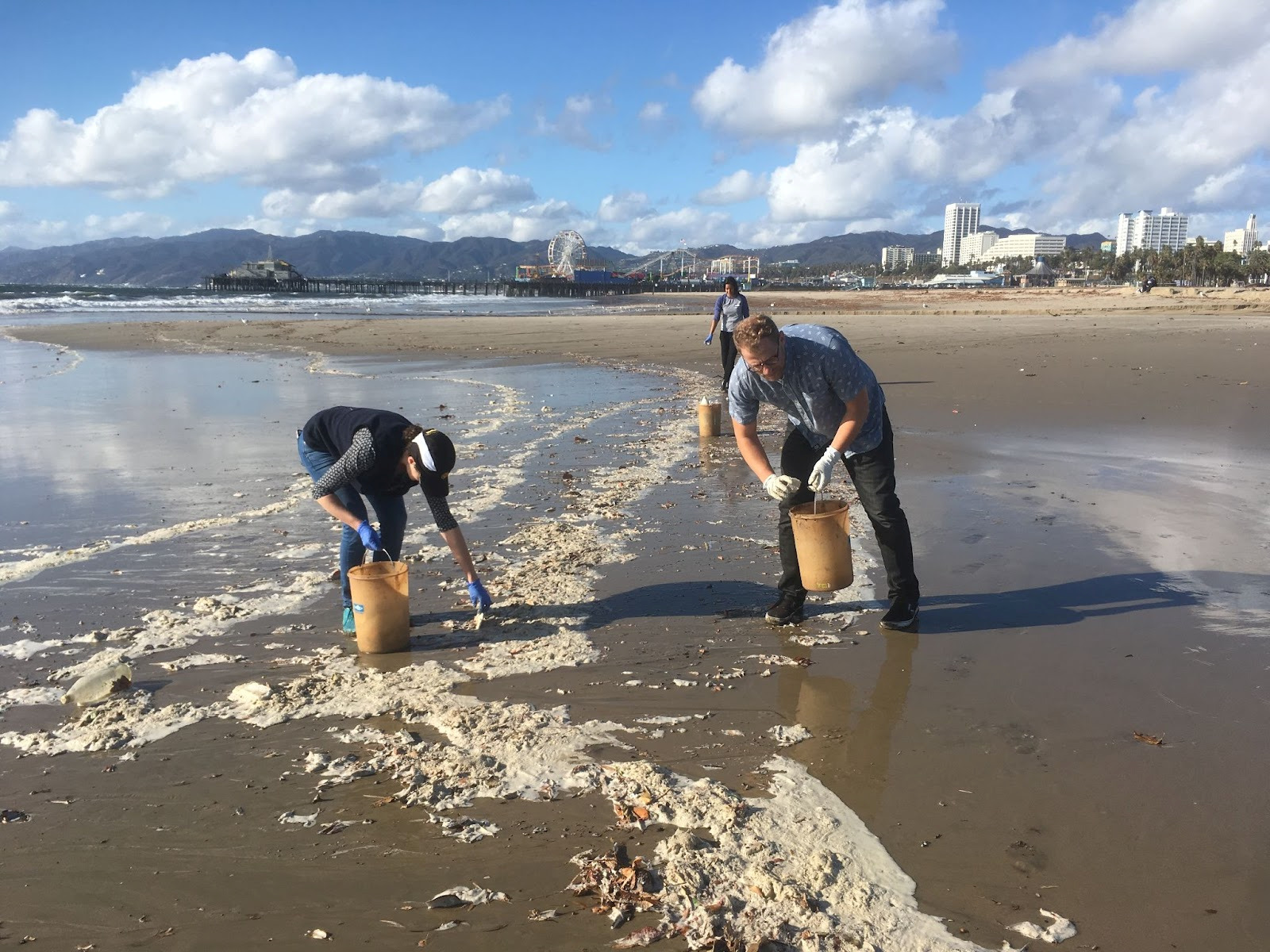
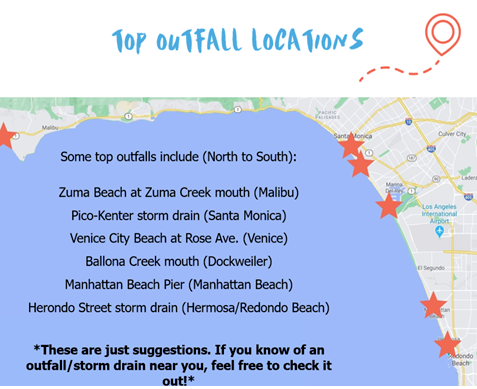
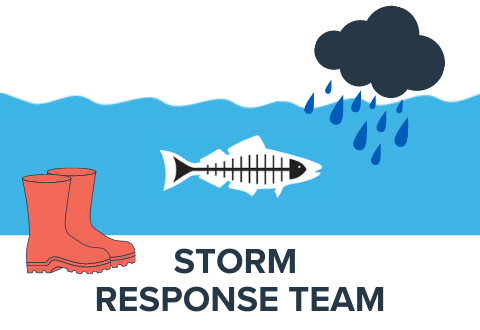
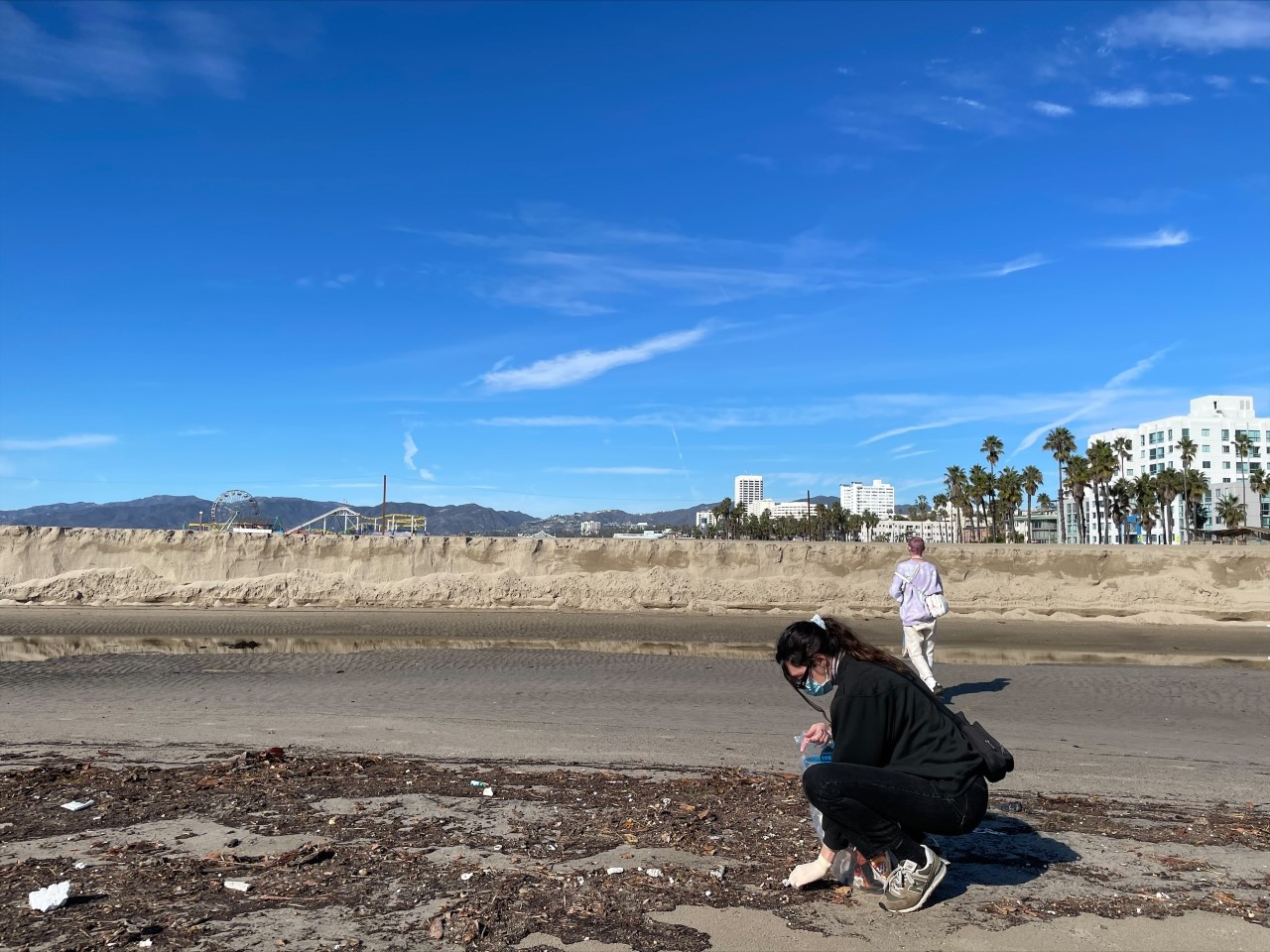
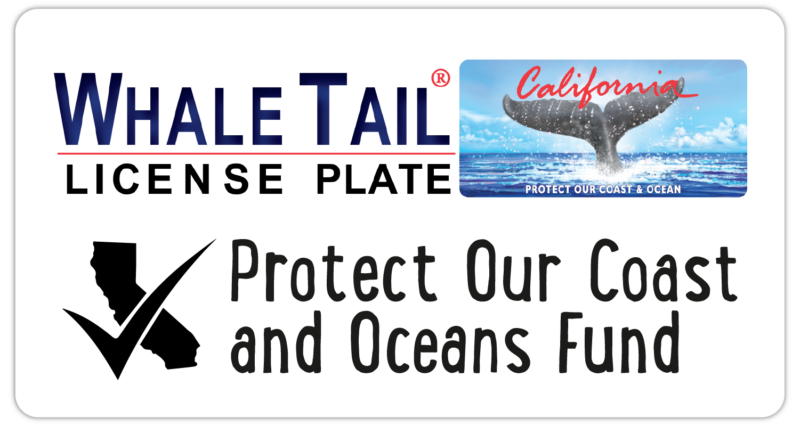
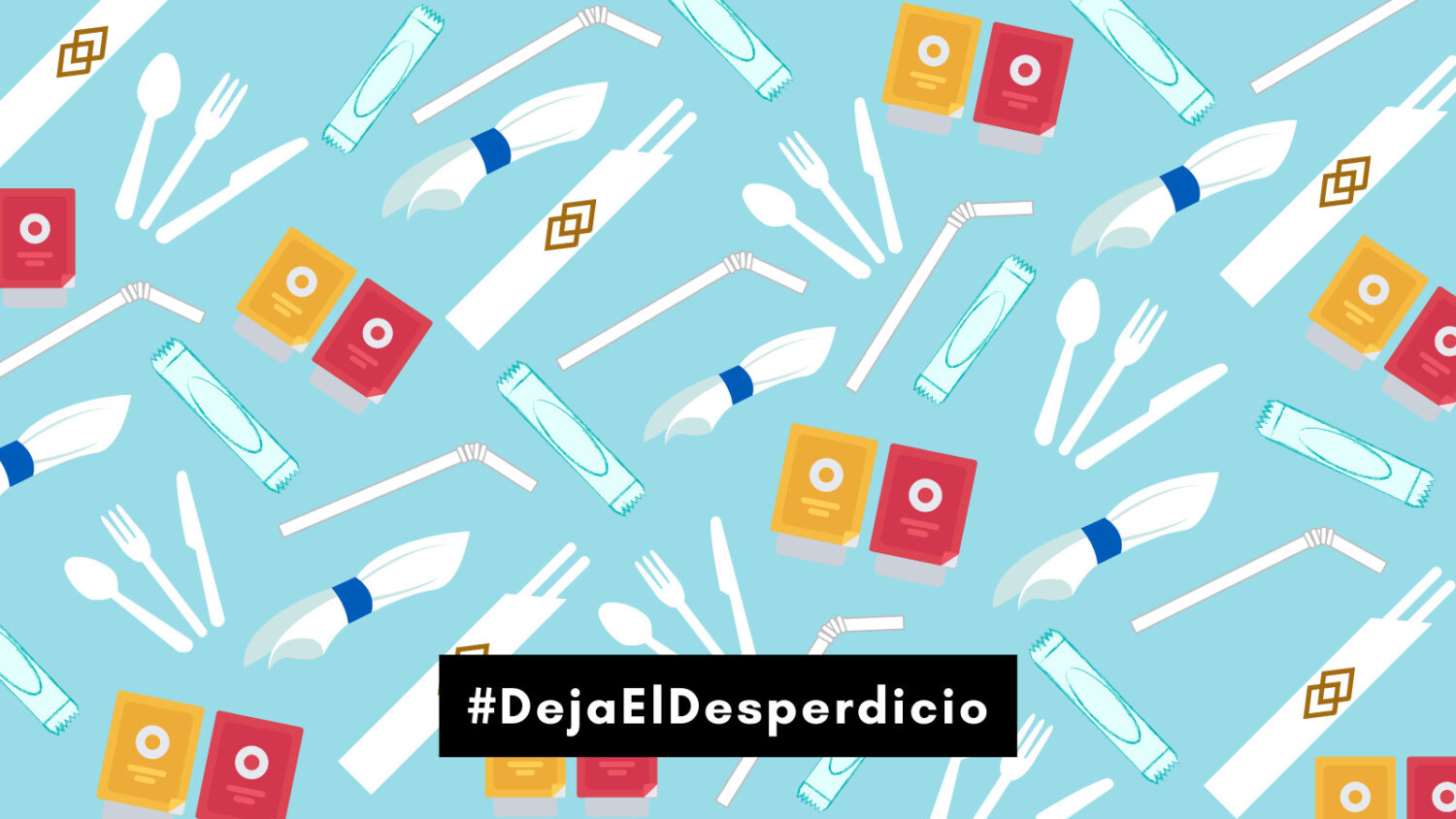
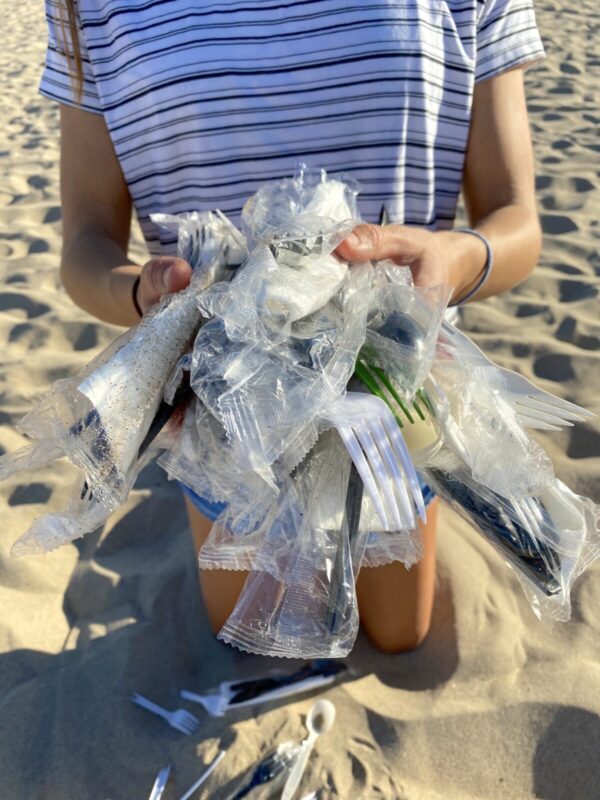
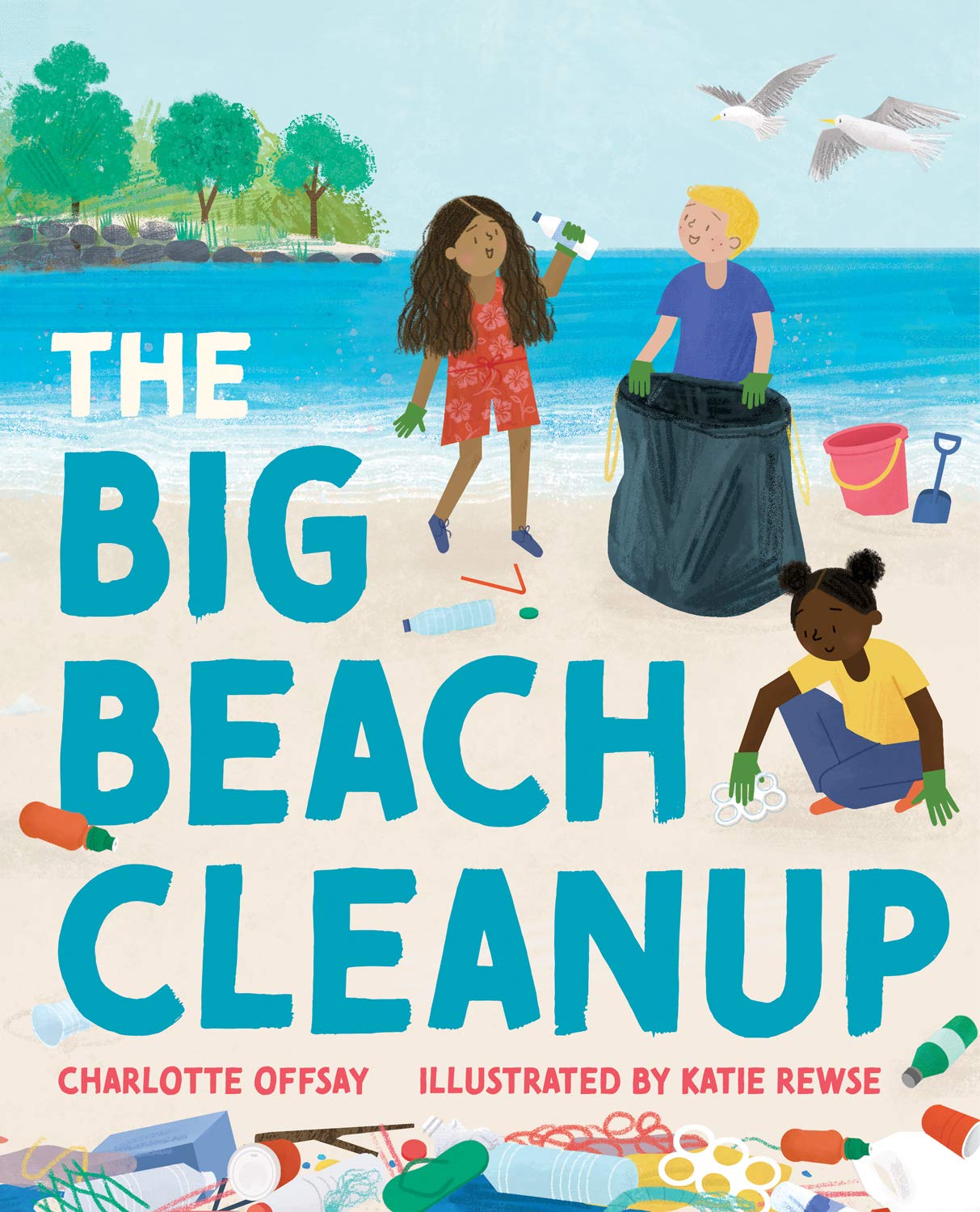
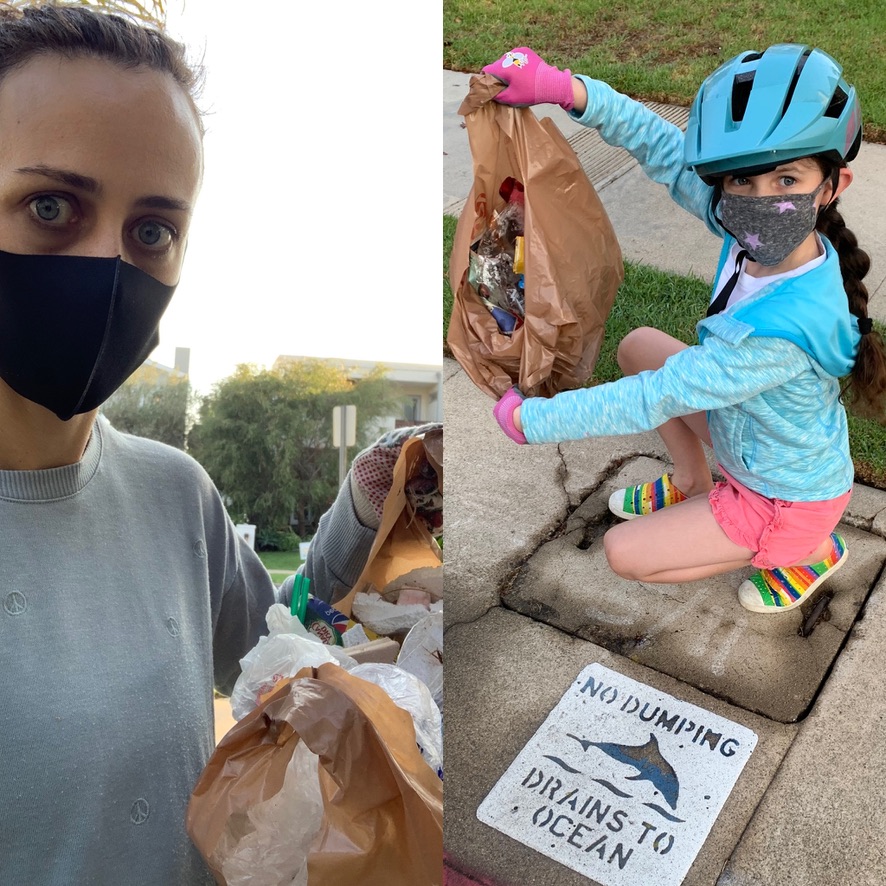
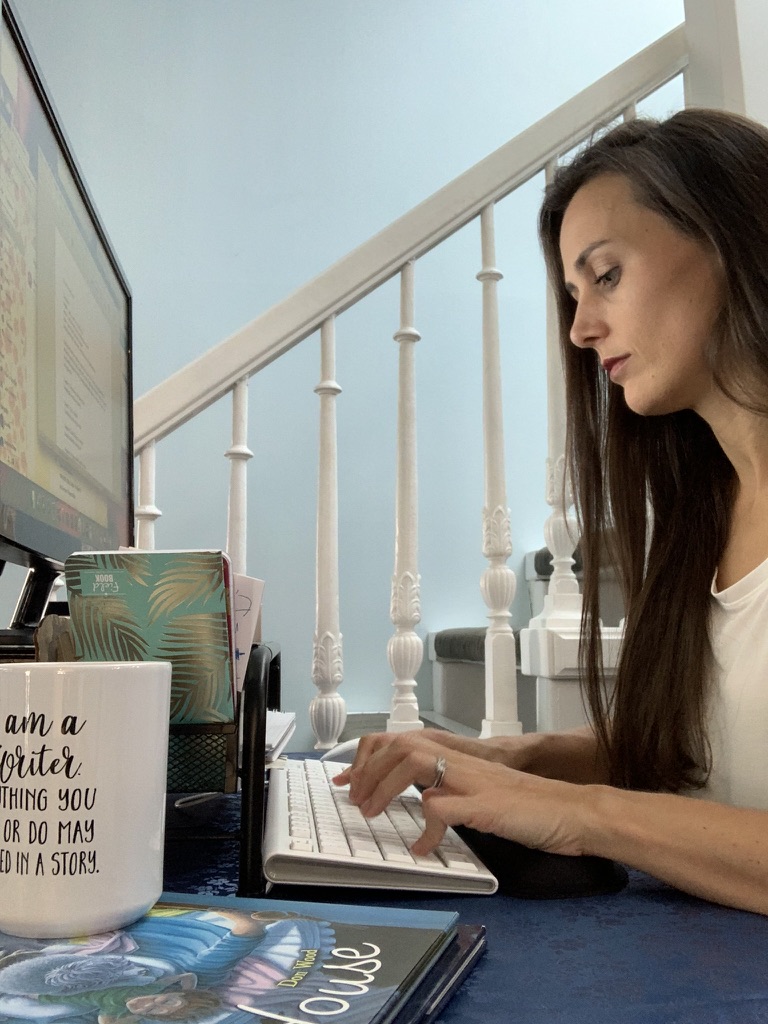
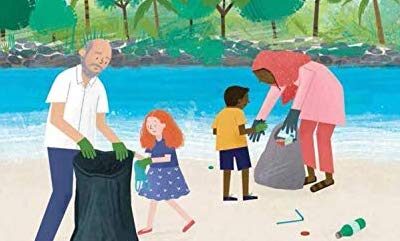
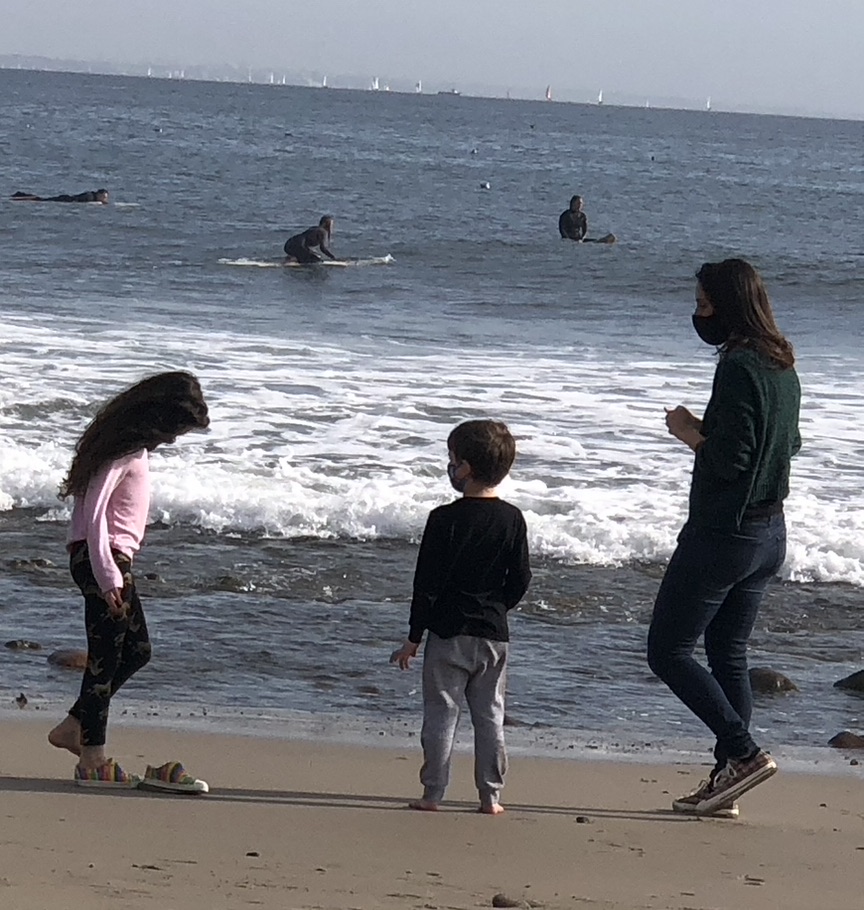
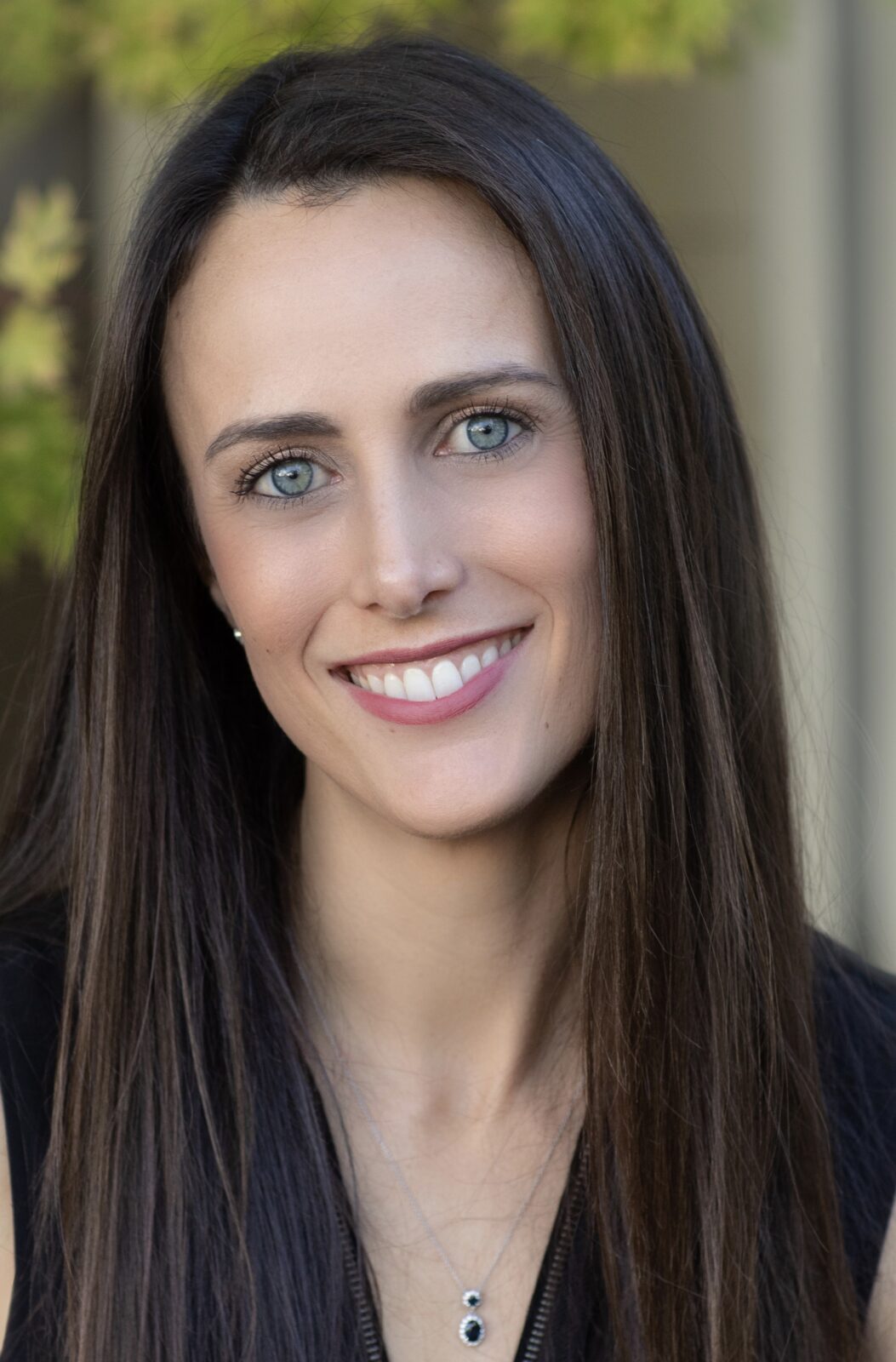 CHARLOTTE OFFSAY was born in England, grew up in Boston, and currently lives in Los Angeles with her husband and two small children. Through her work, Charlotte hopes to make children laugh, to inspire curiosity, and to create a magical world her readers can lose themselves in time and time again.
CHARLOTTE OFFSAY was born in England, grew up in Boston, and currently lives in Los Angeles with her husband and two small children. Through her work, Charlotte hopes to make children laugh, to inspire curiosity, and to create a magical world her readers can lose themselves in time and time again.